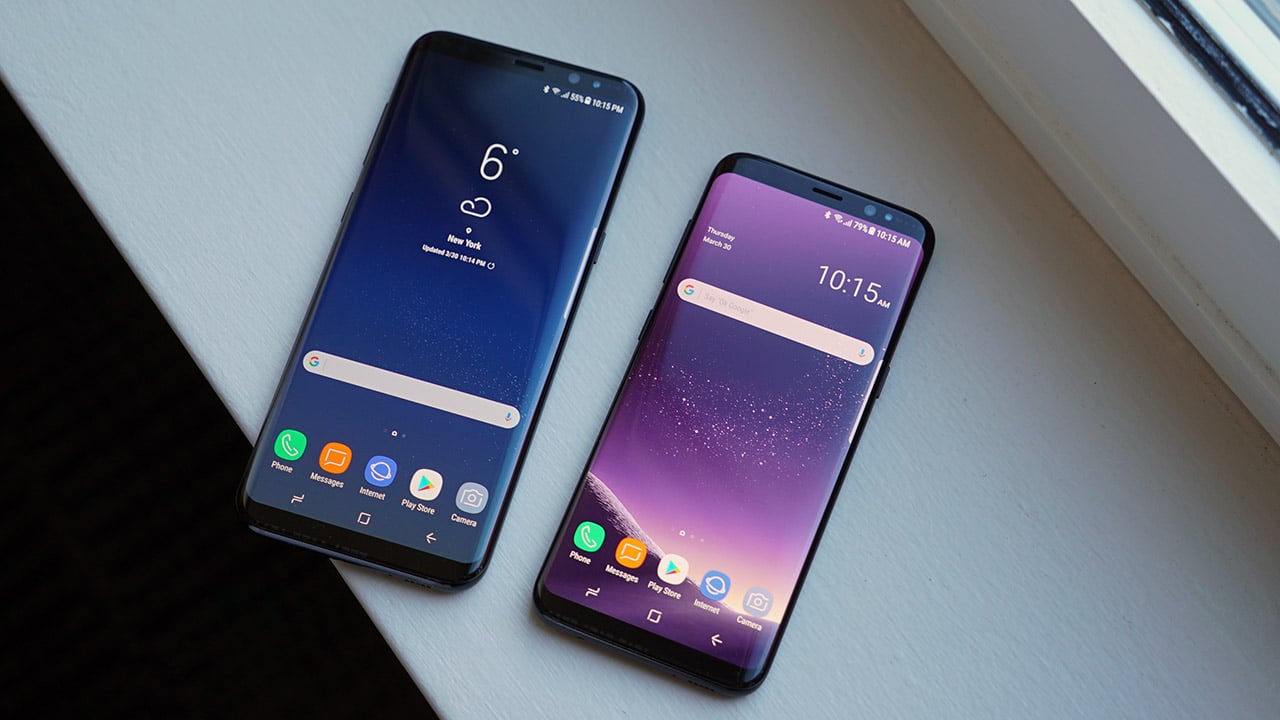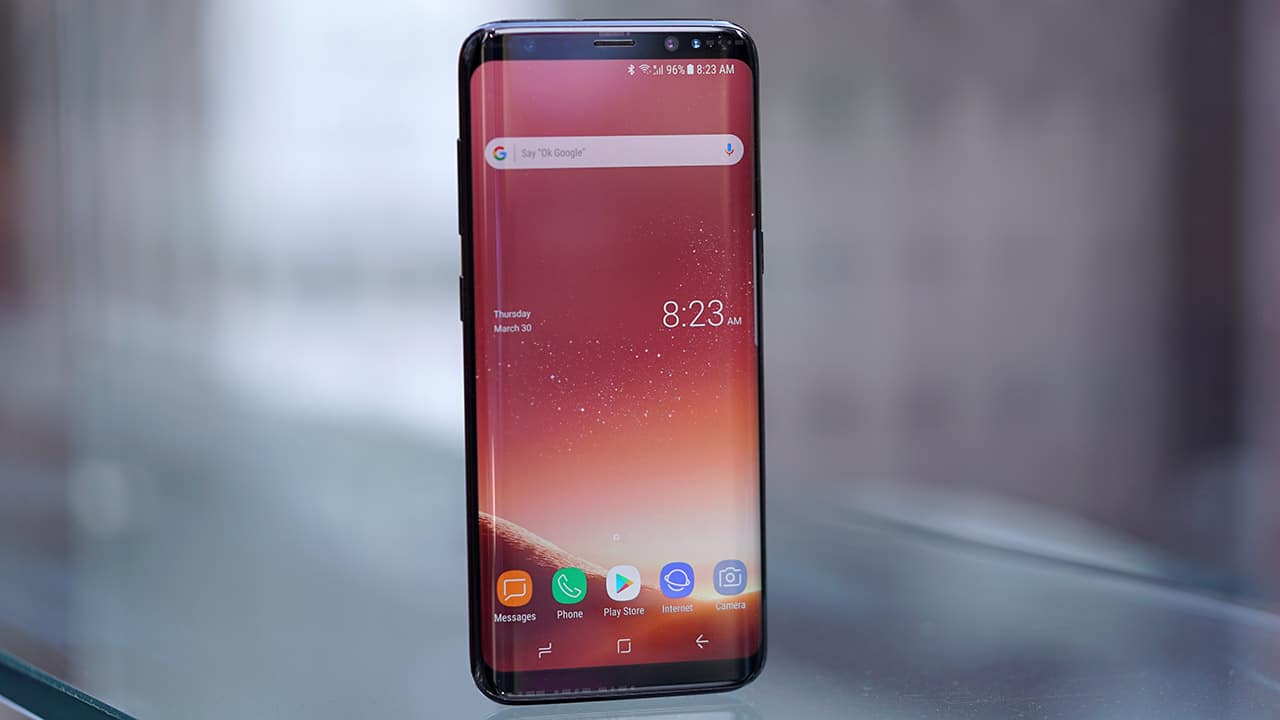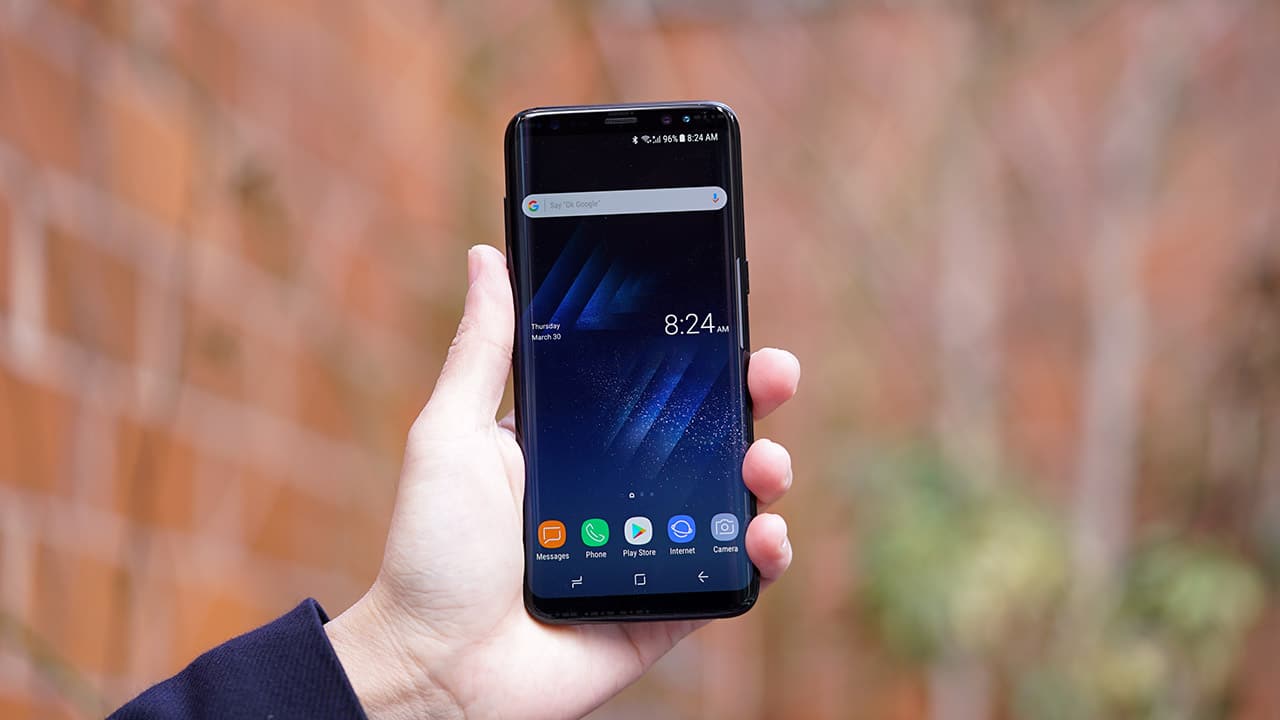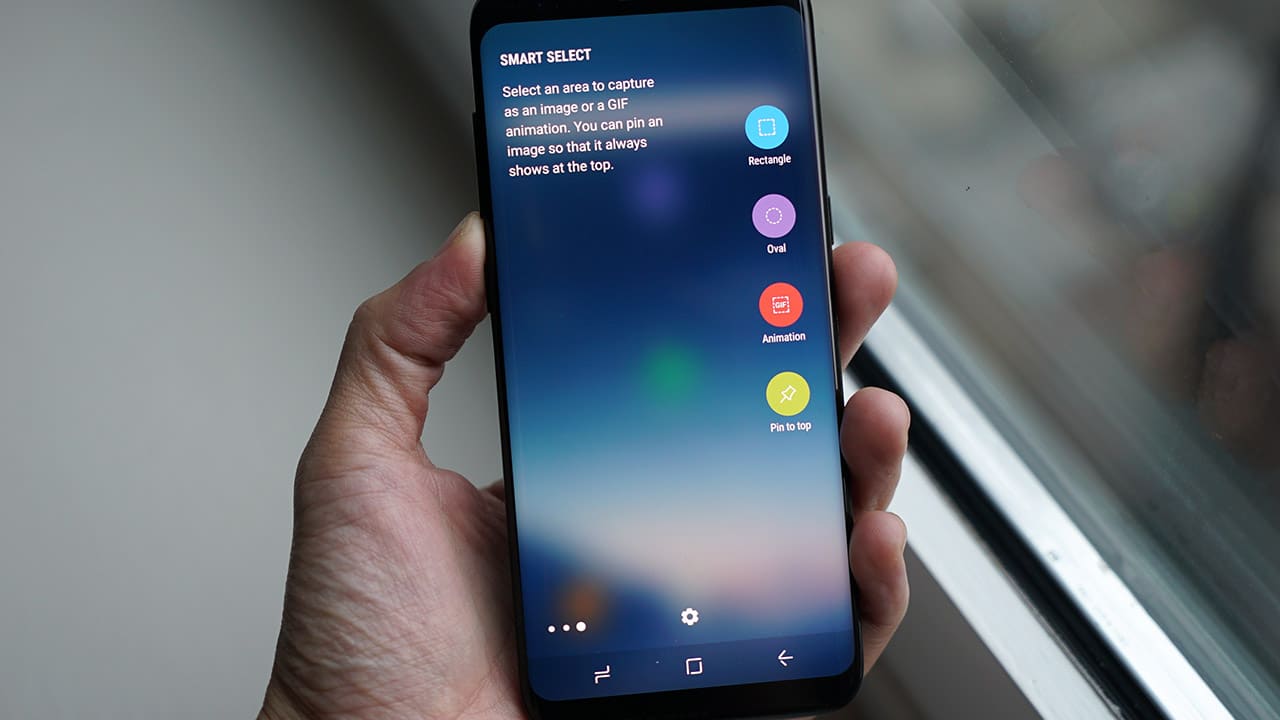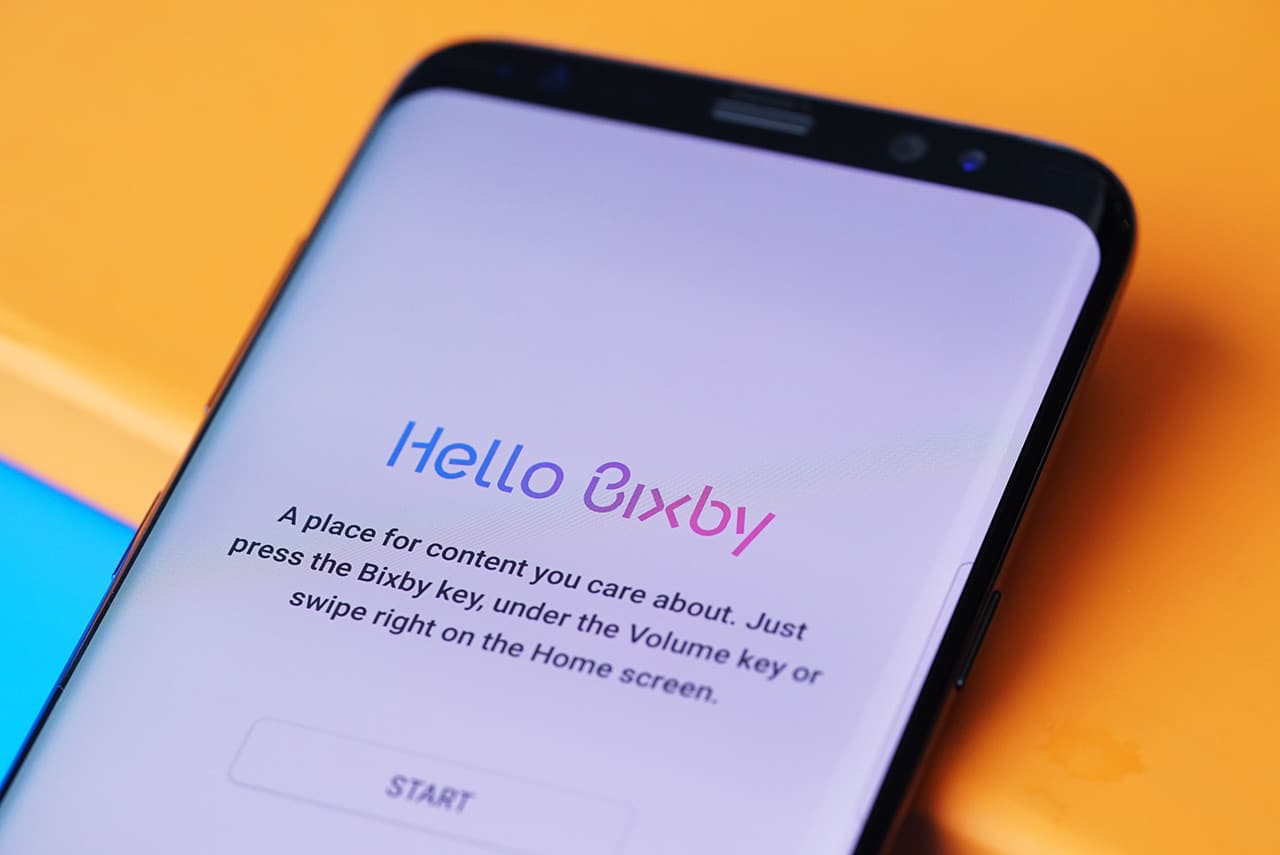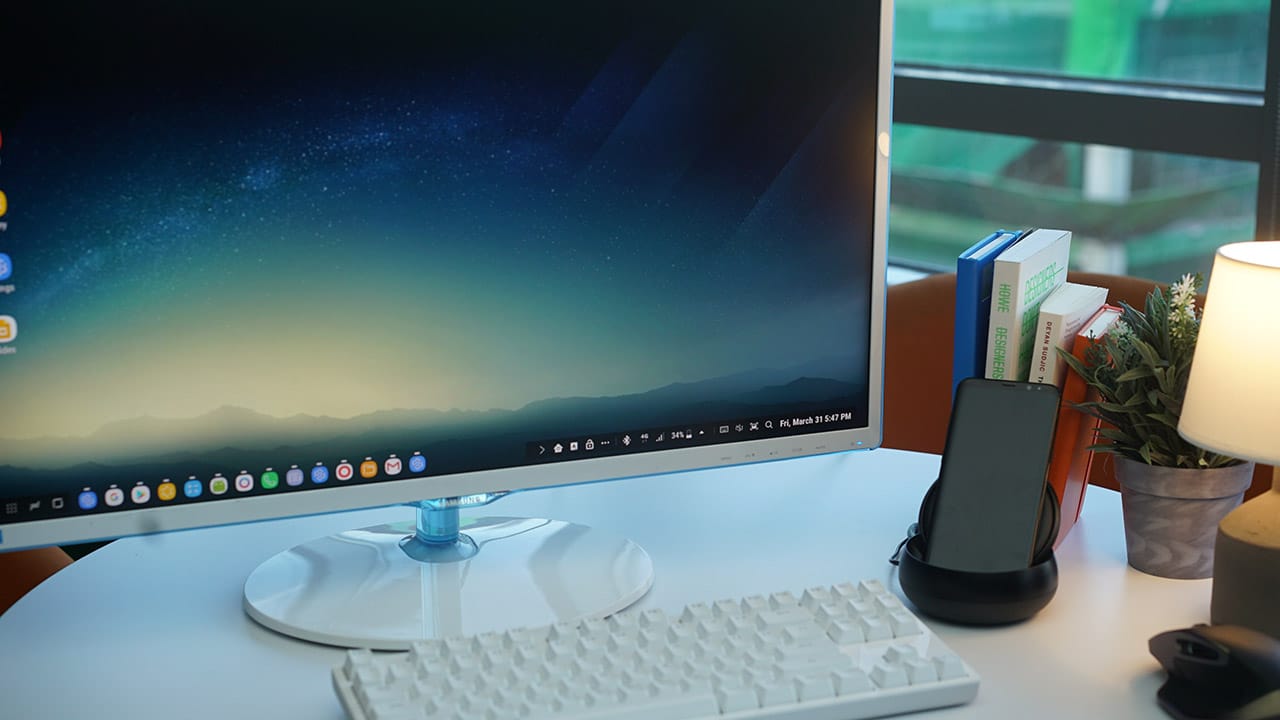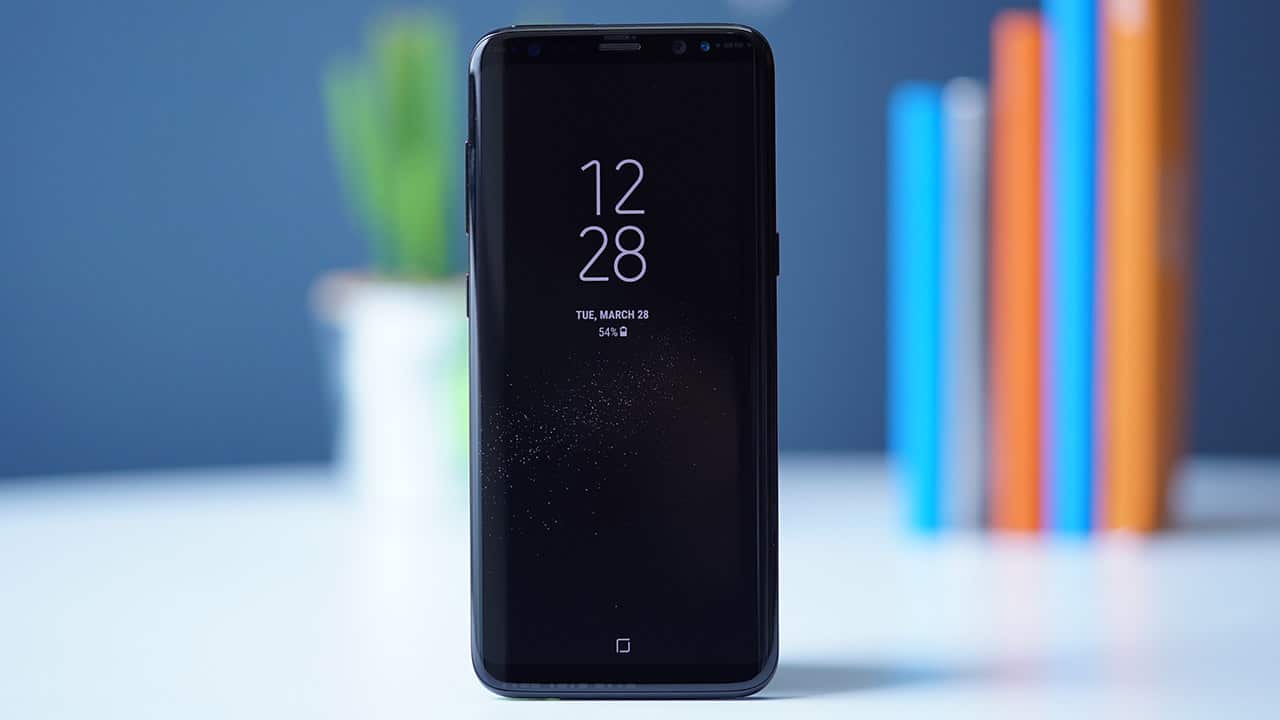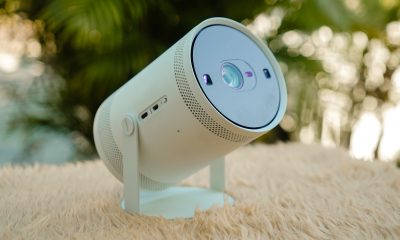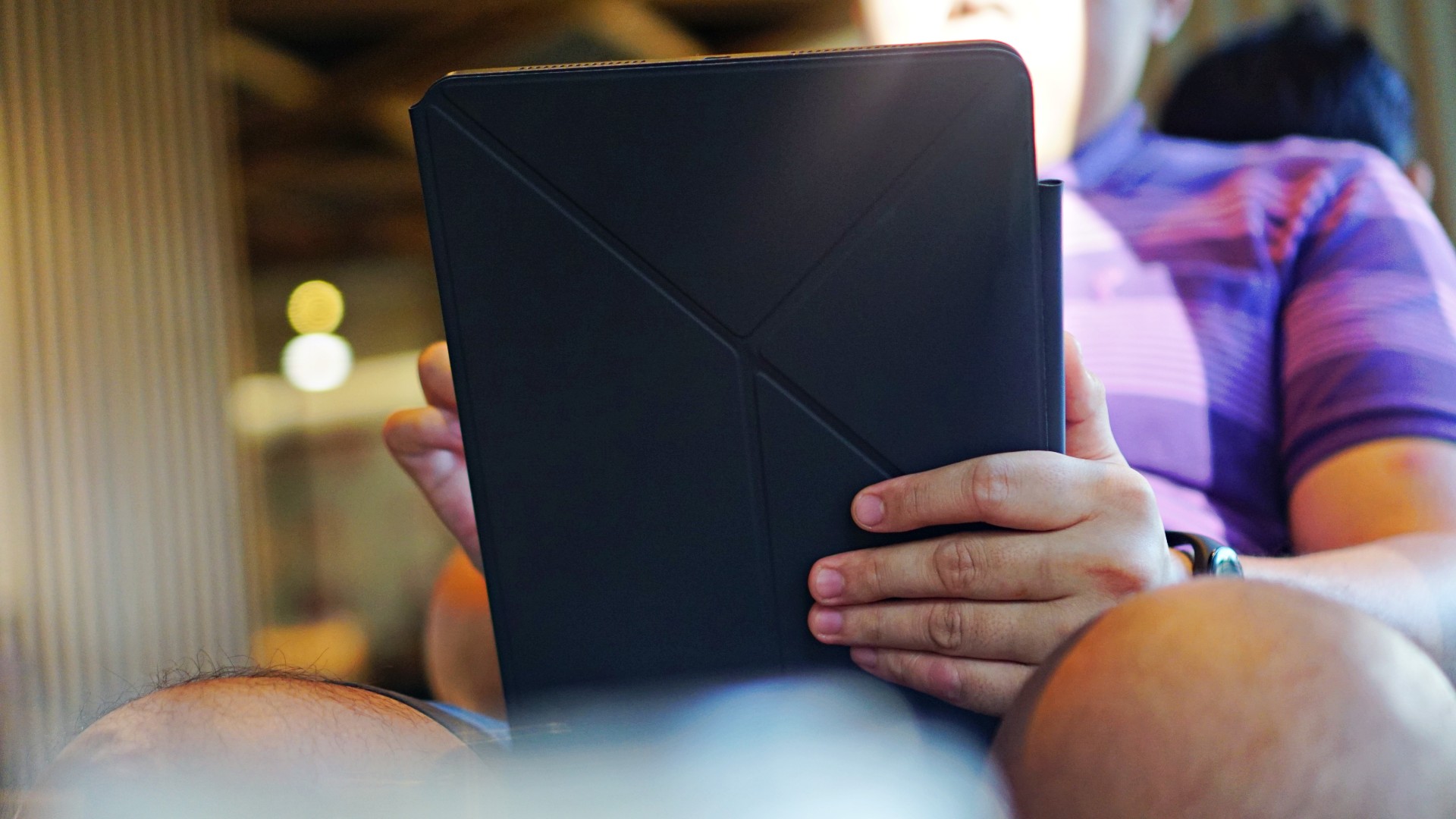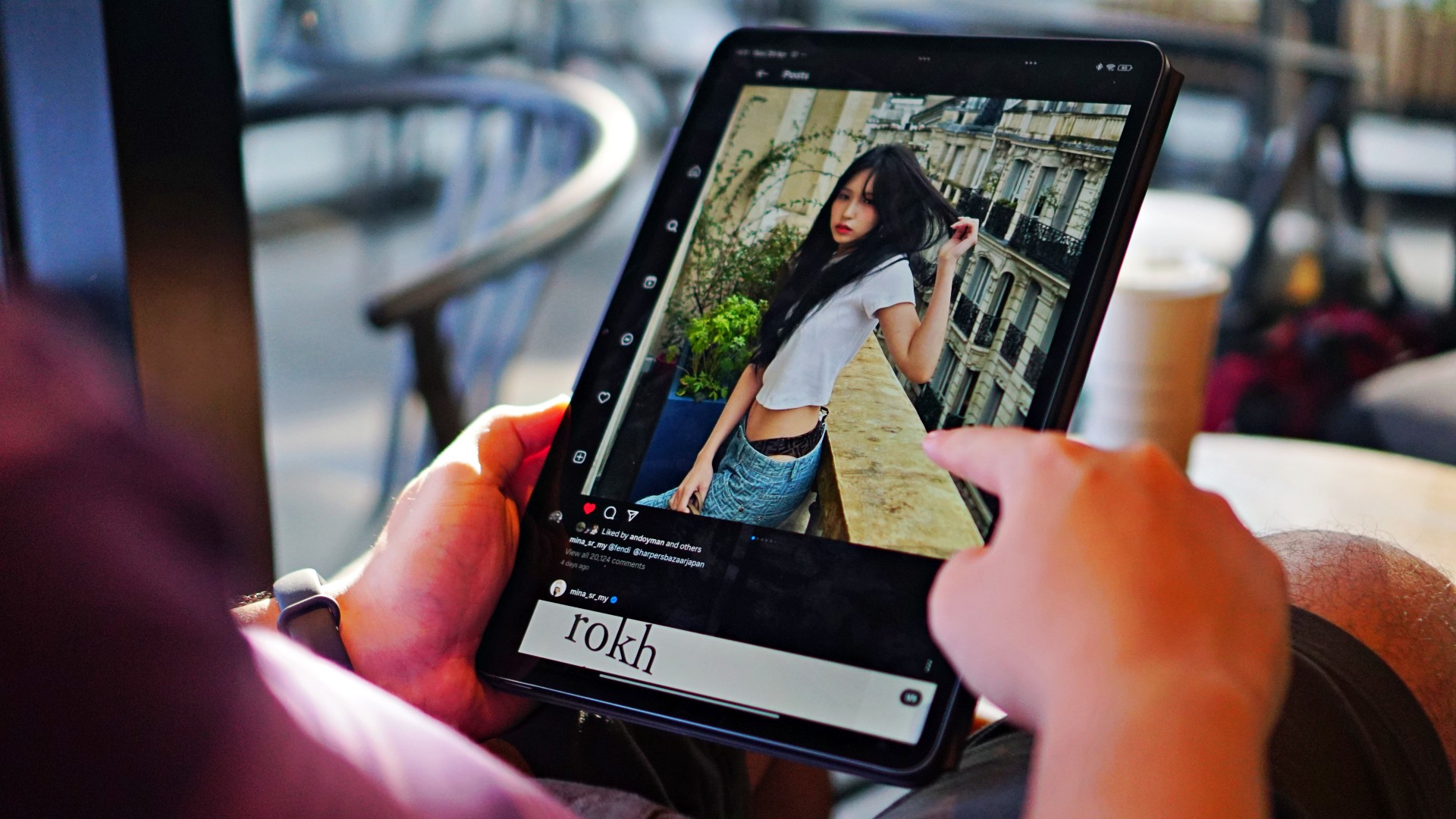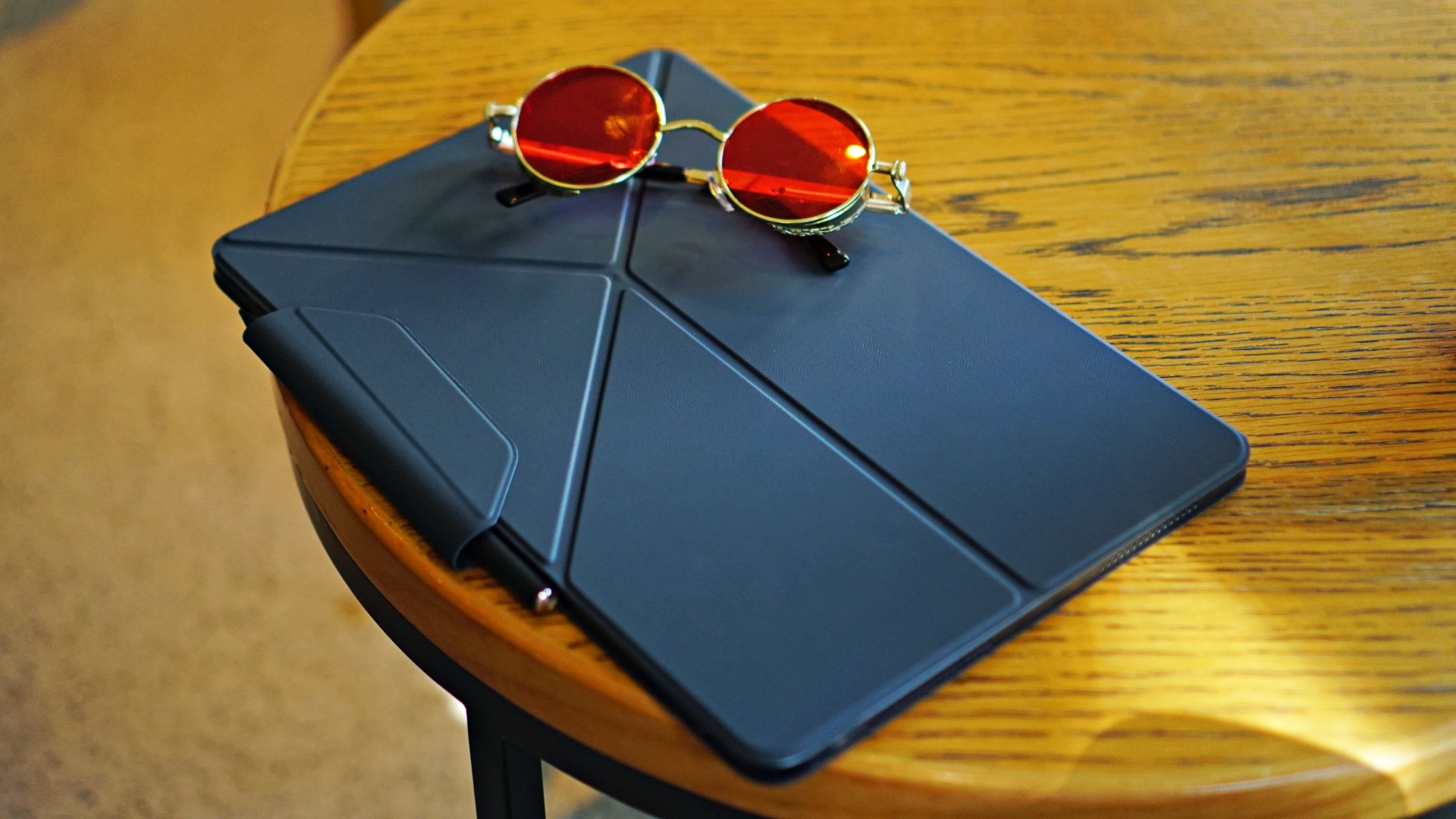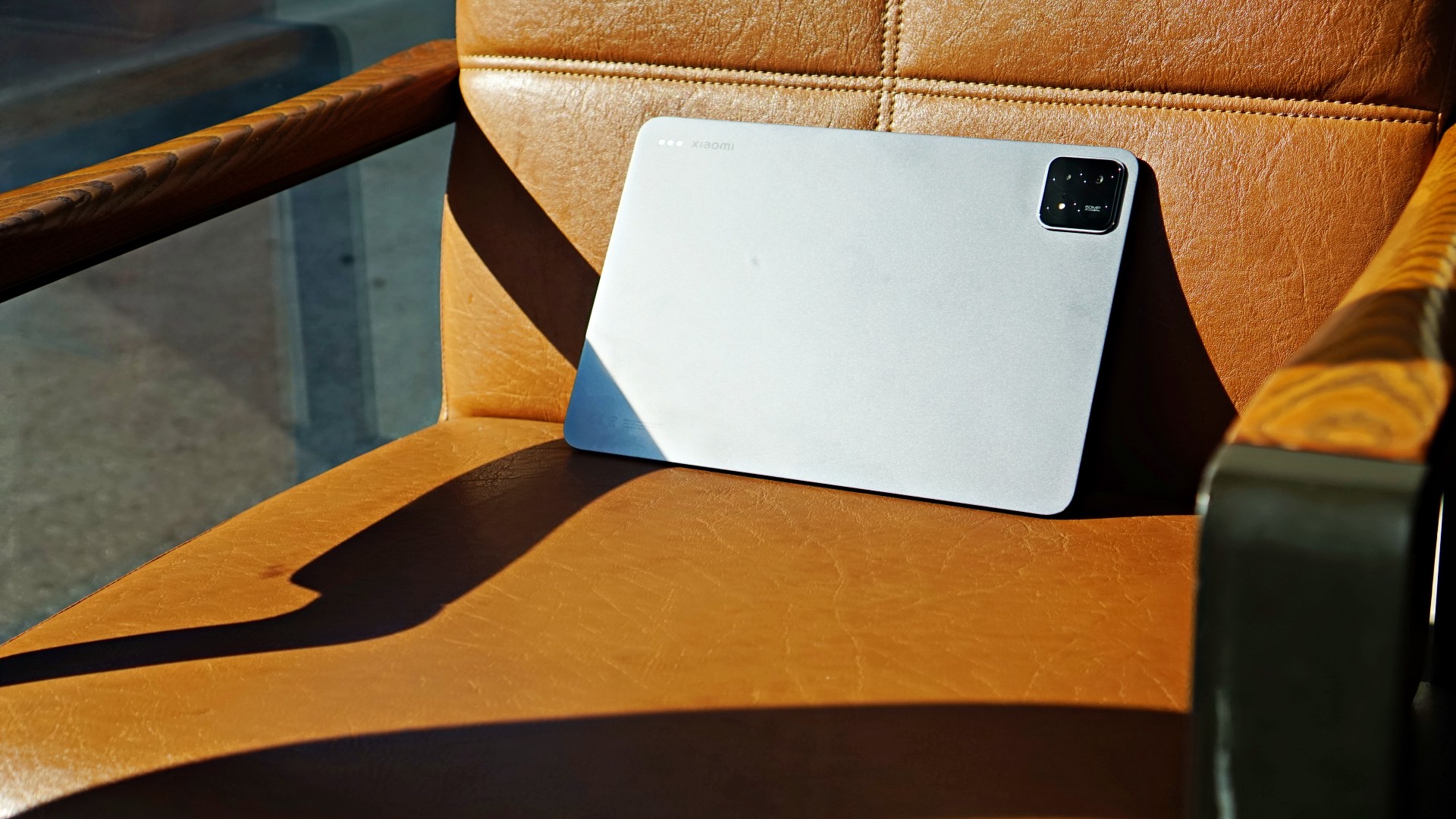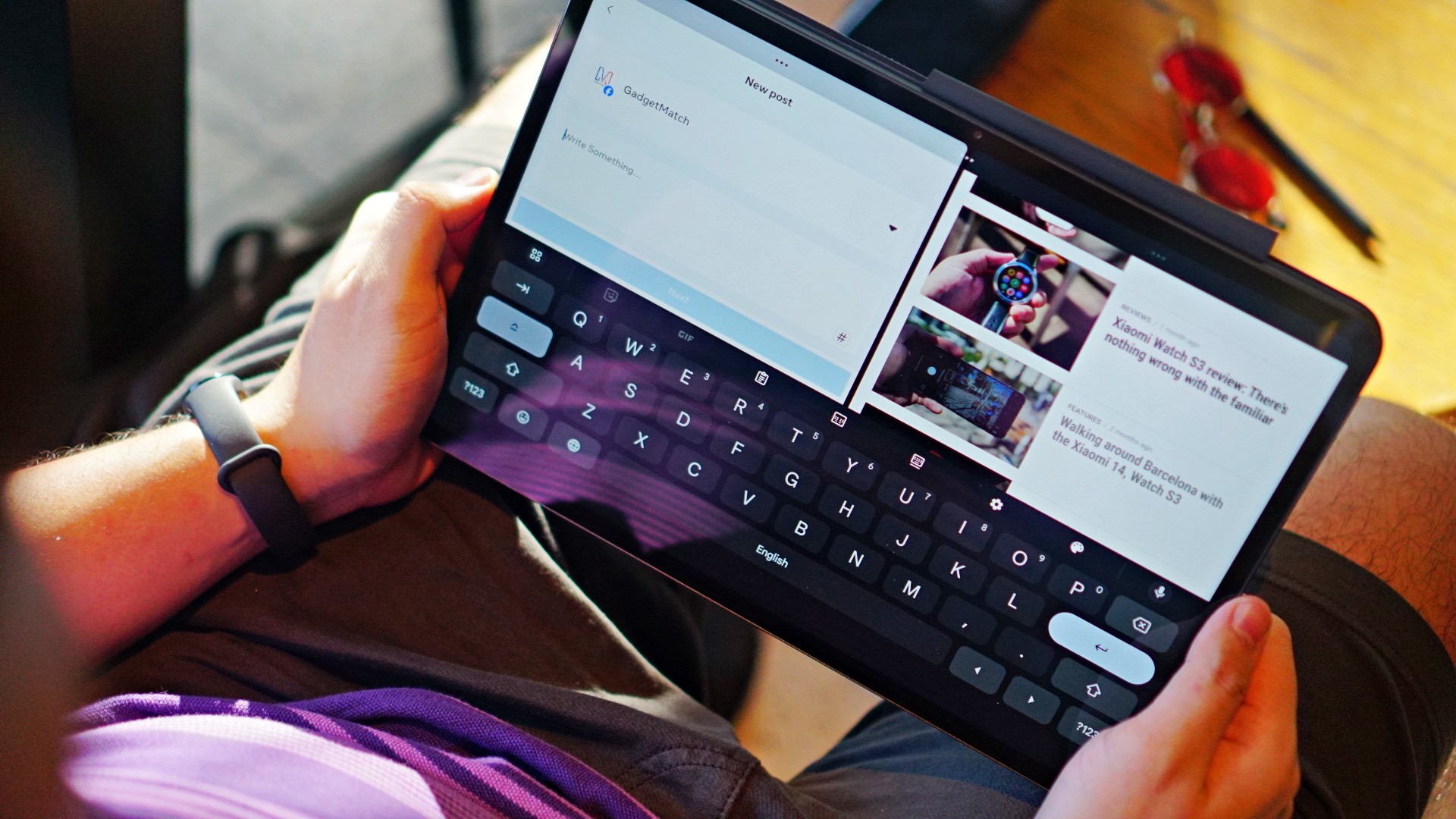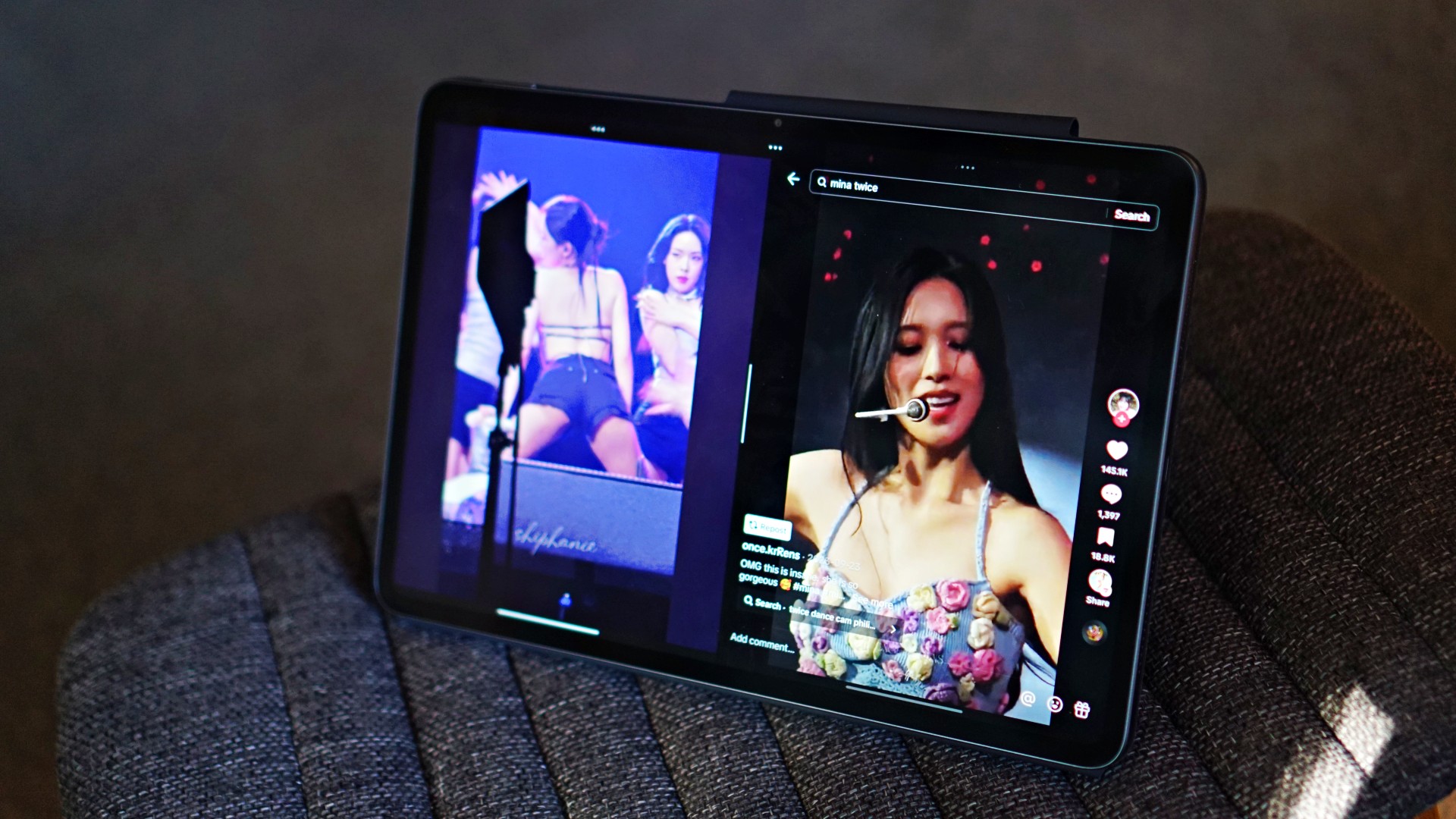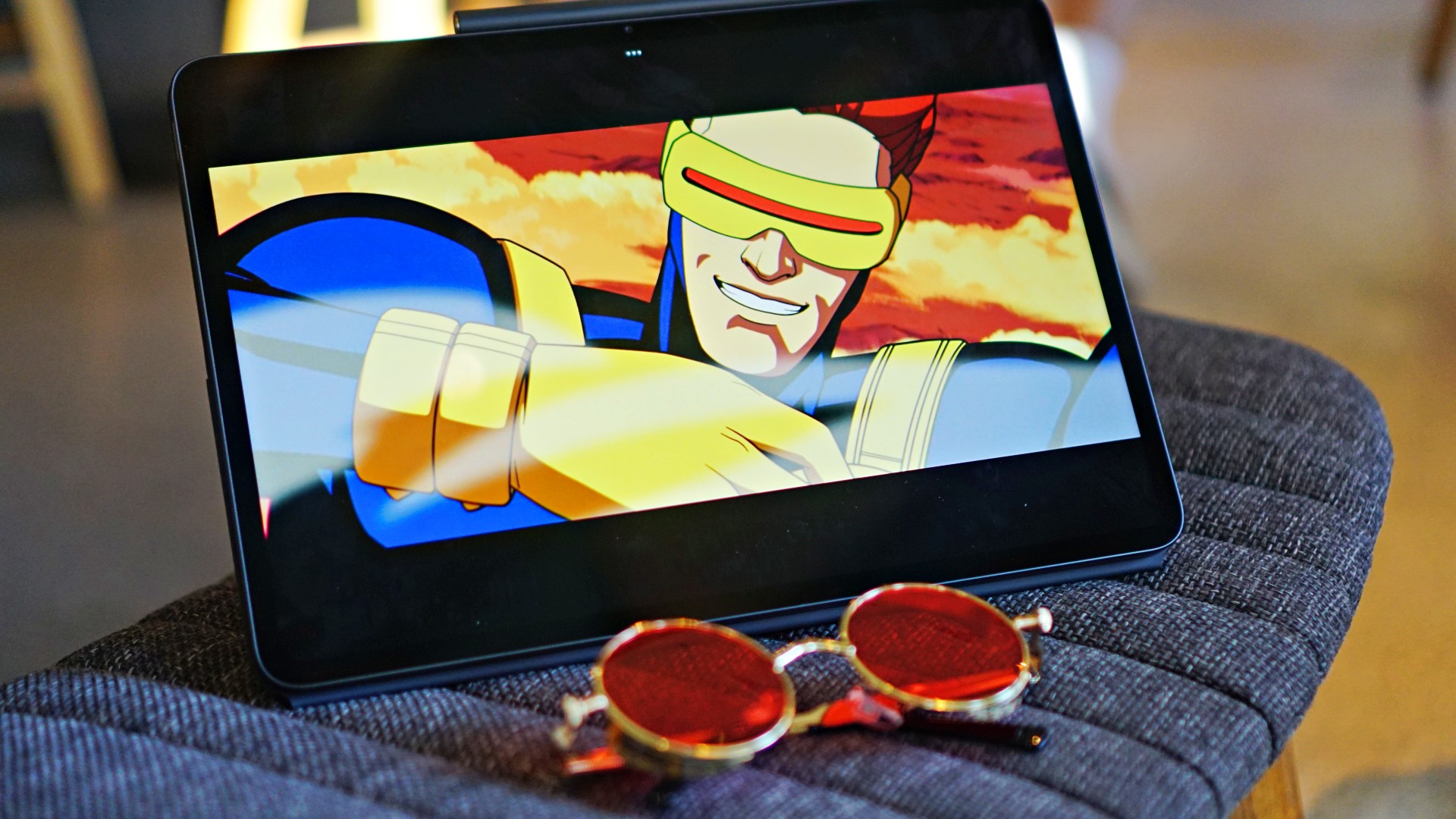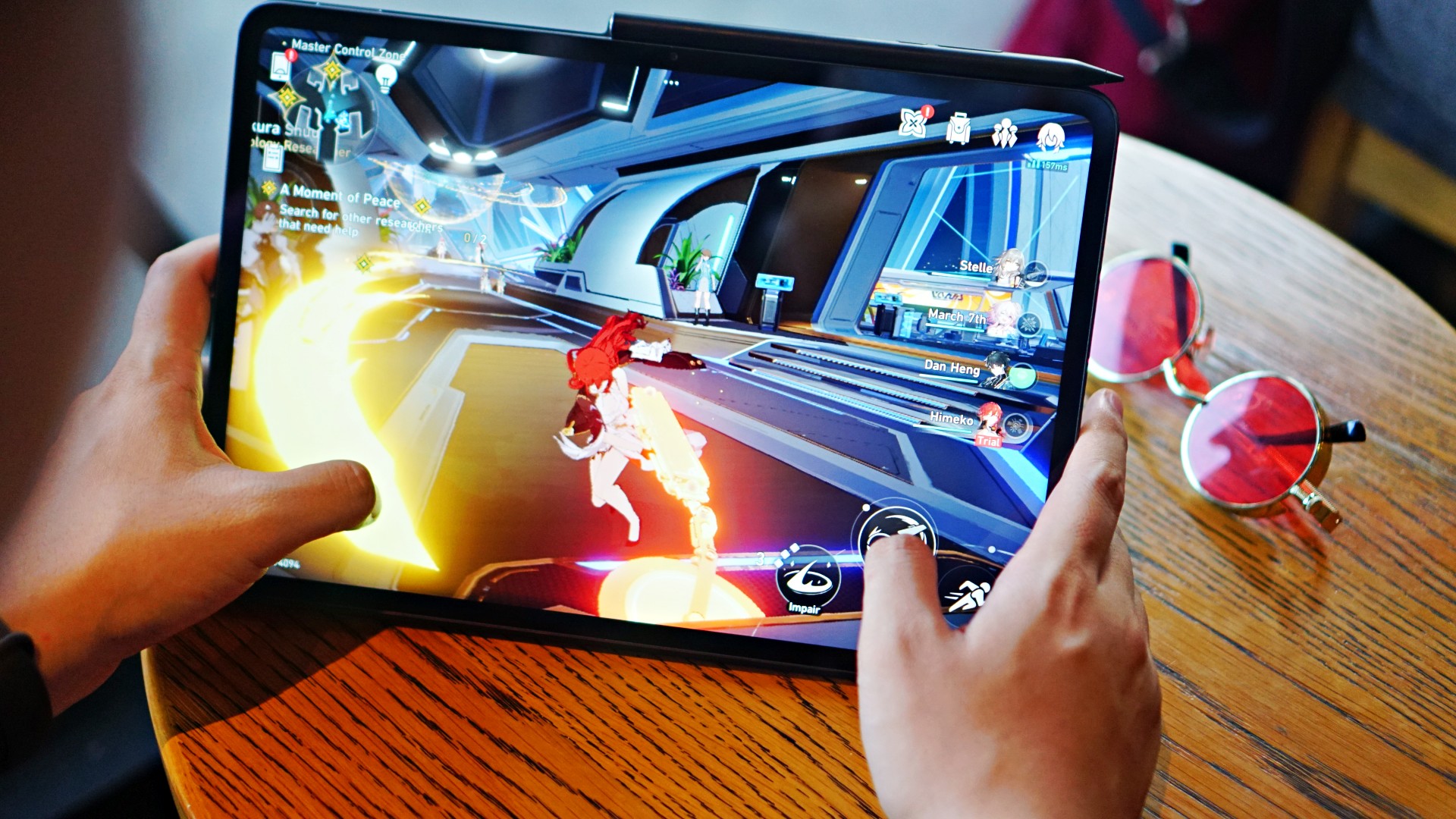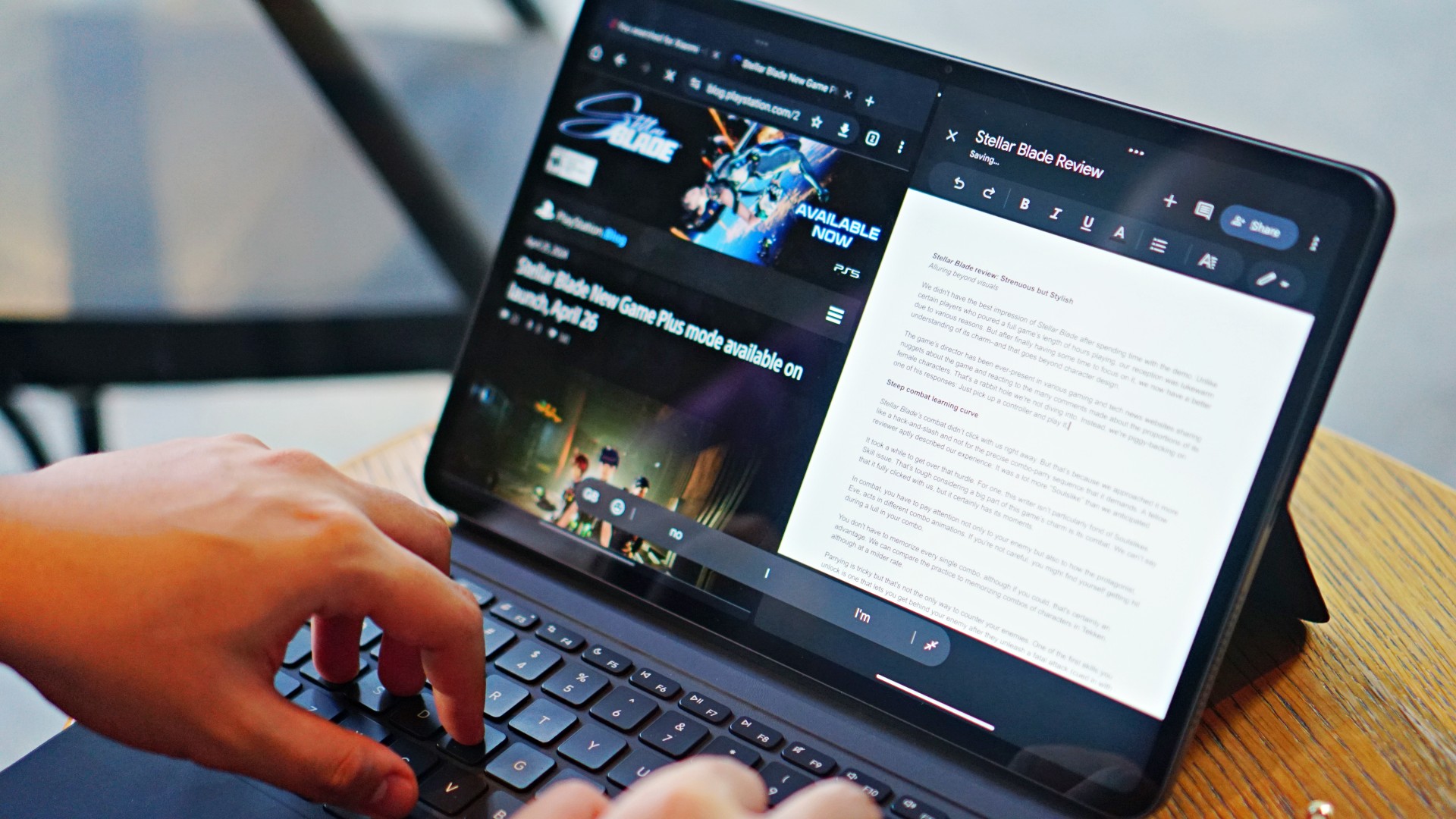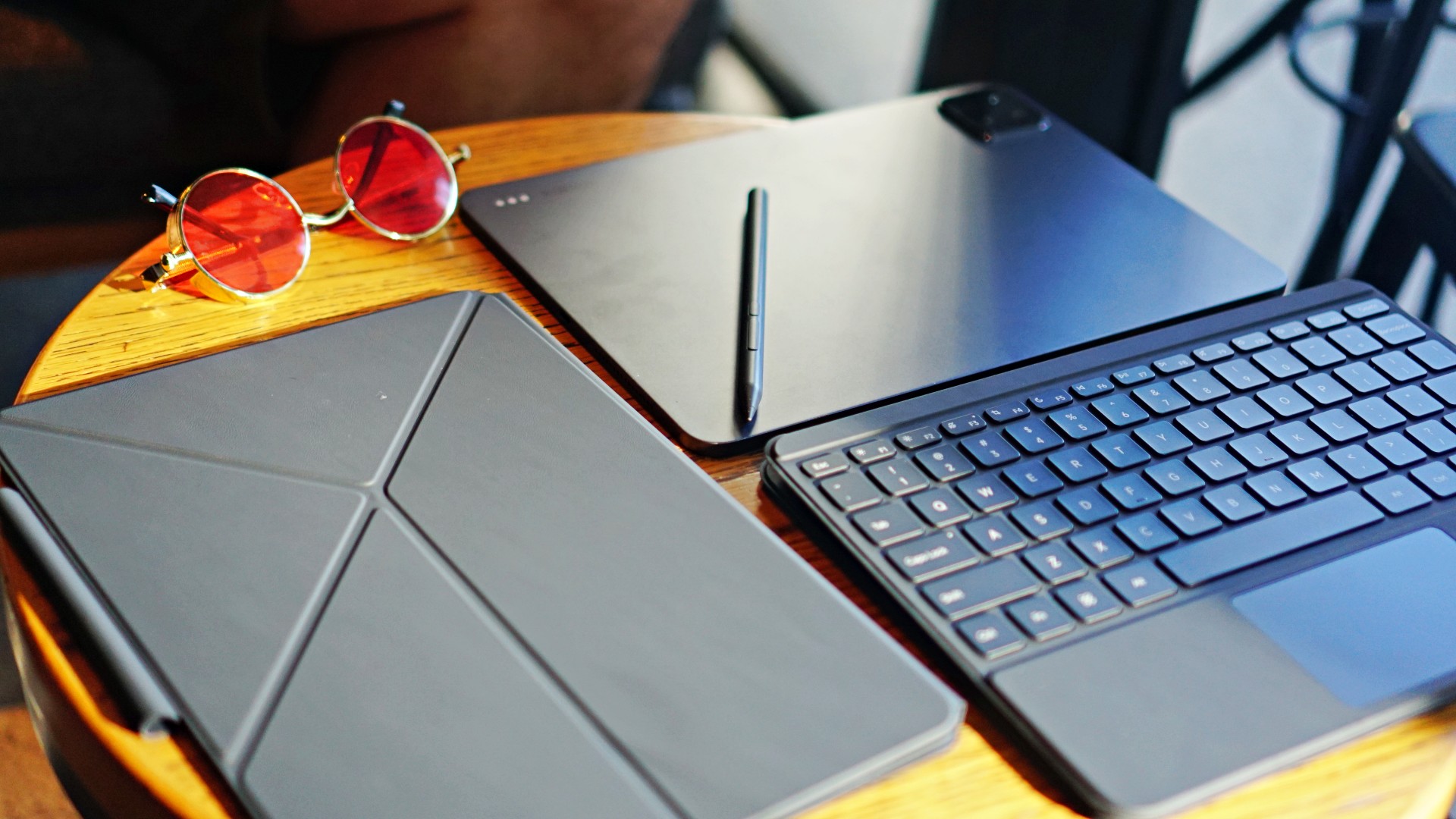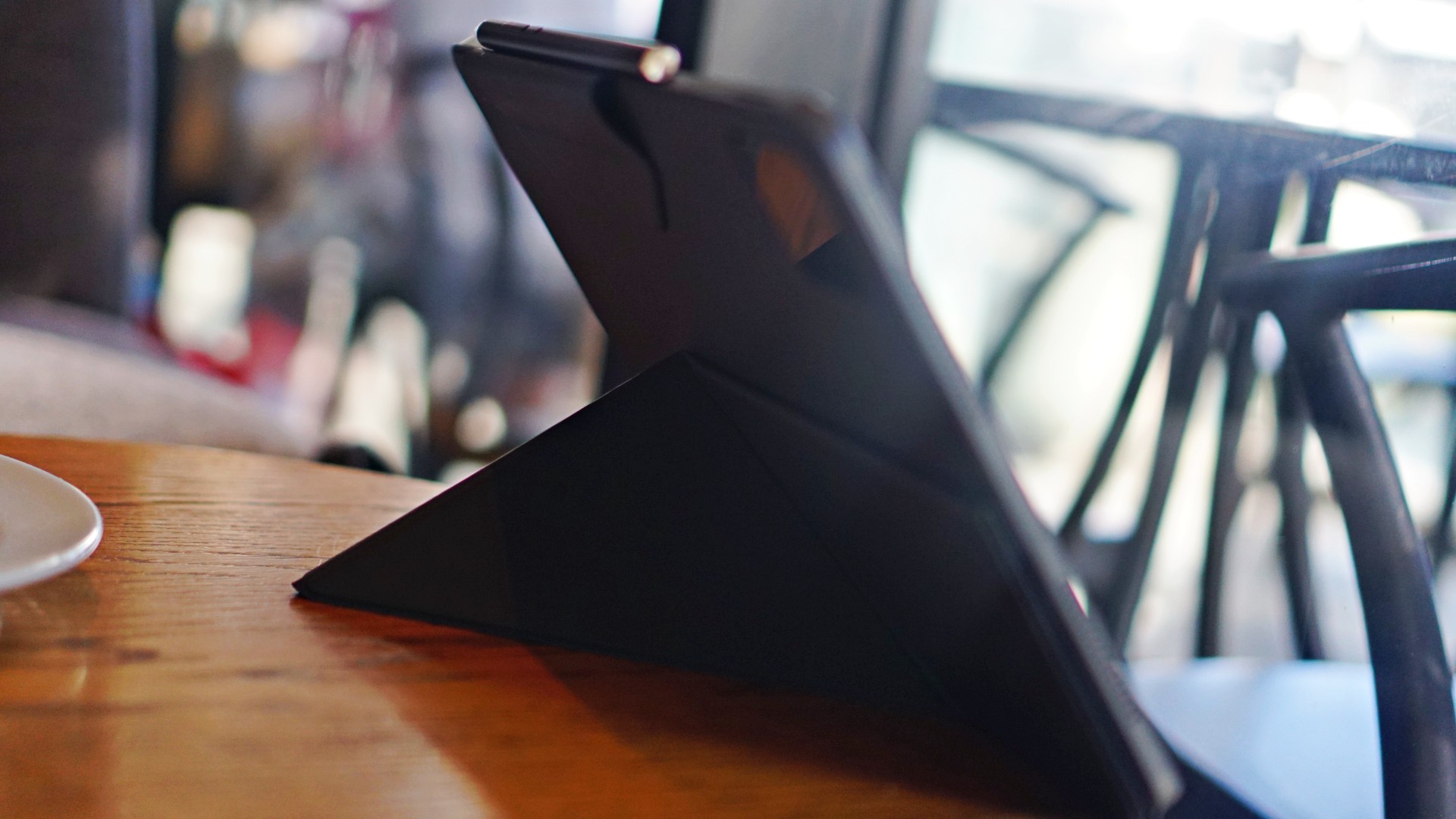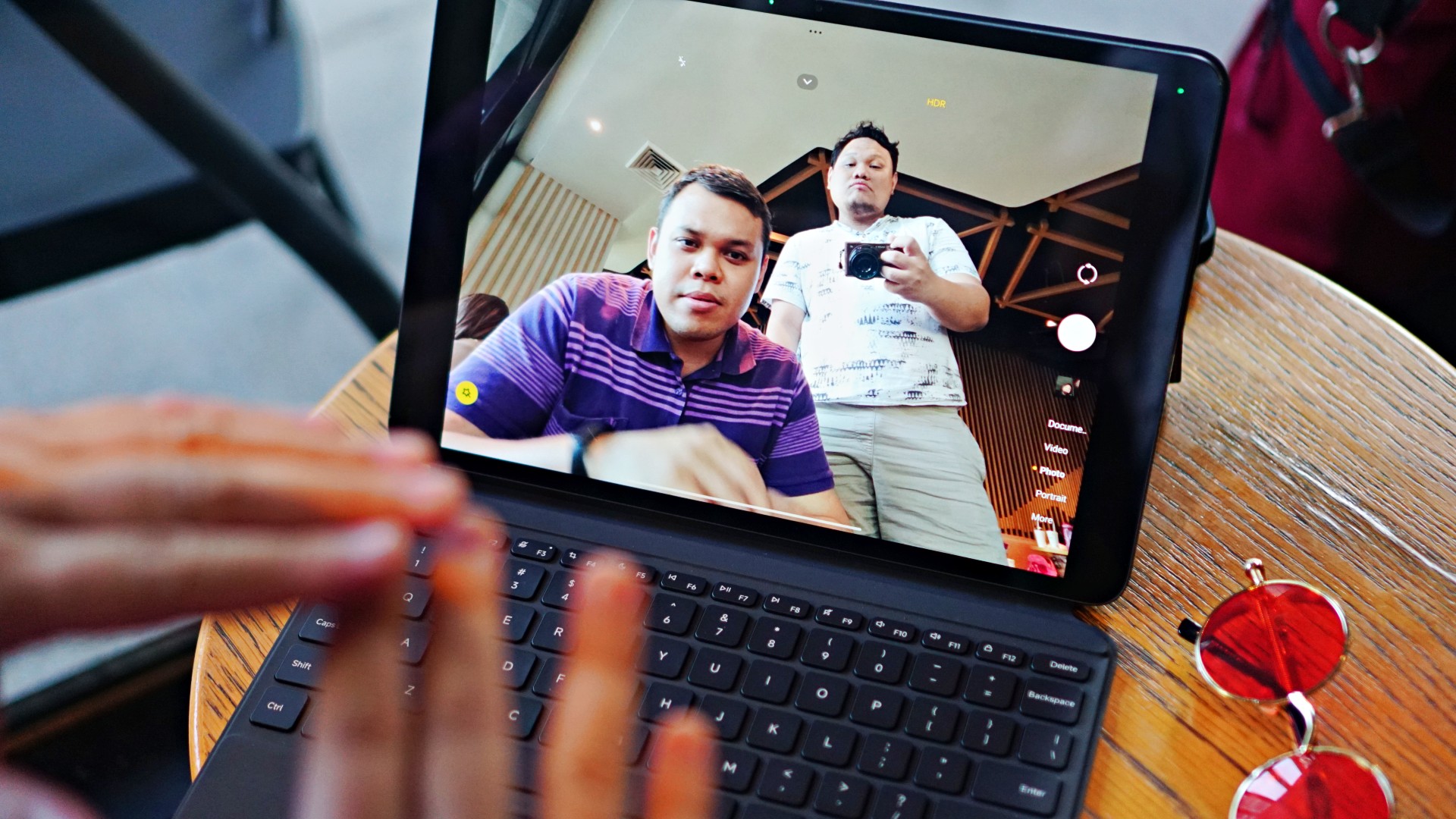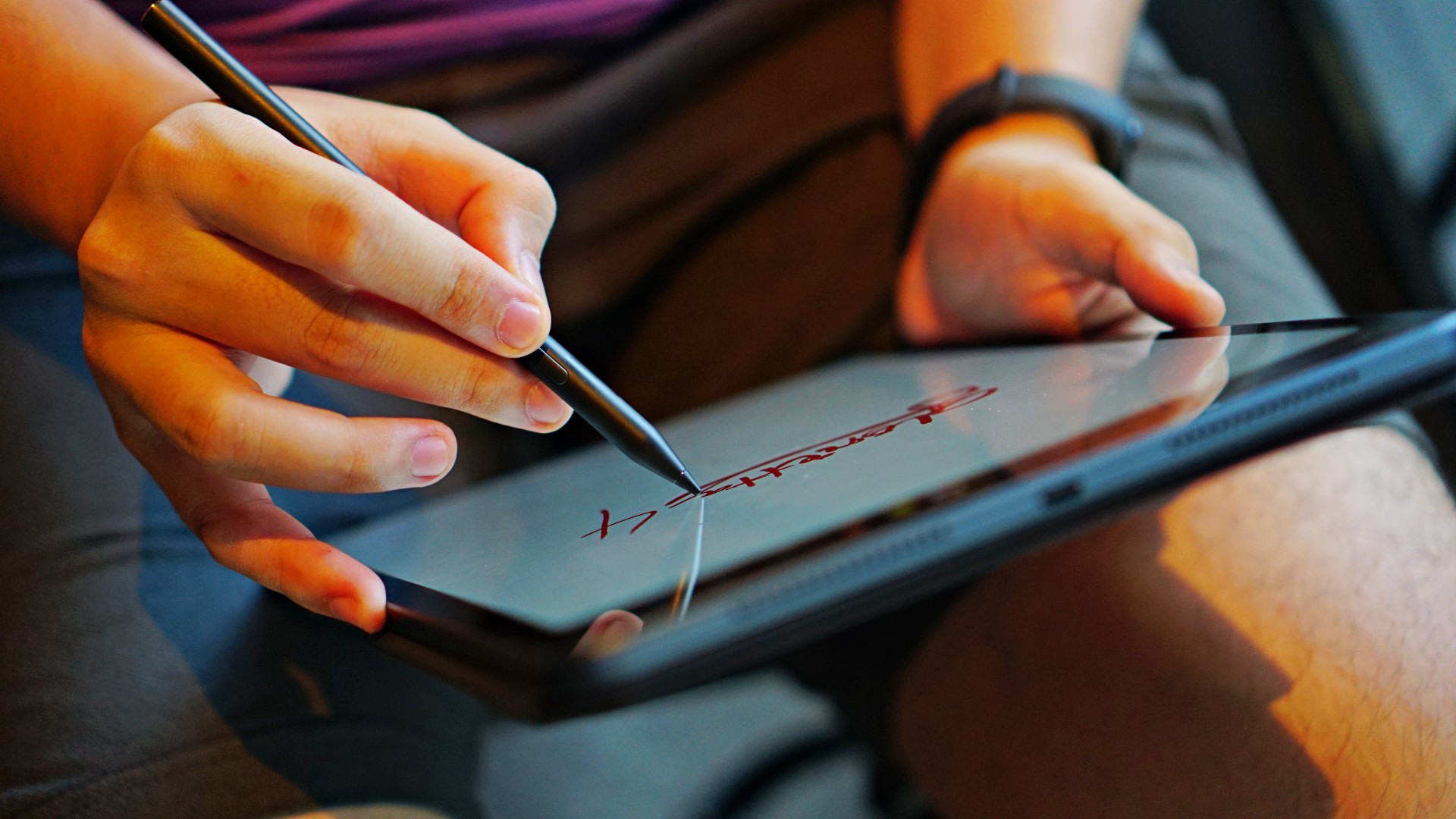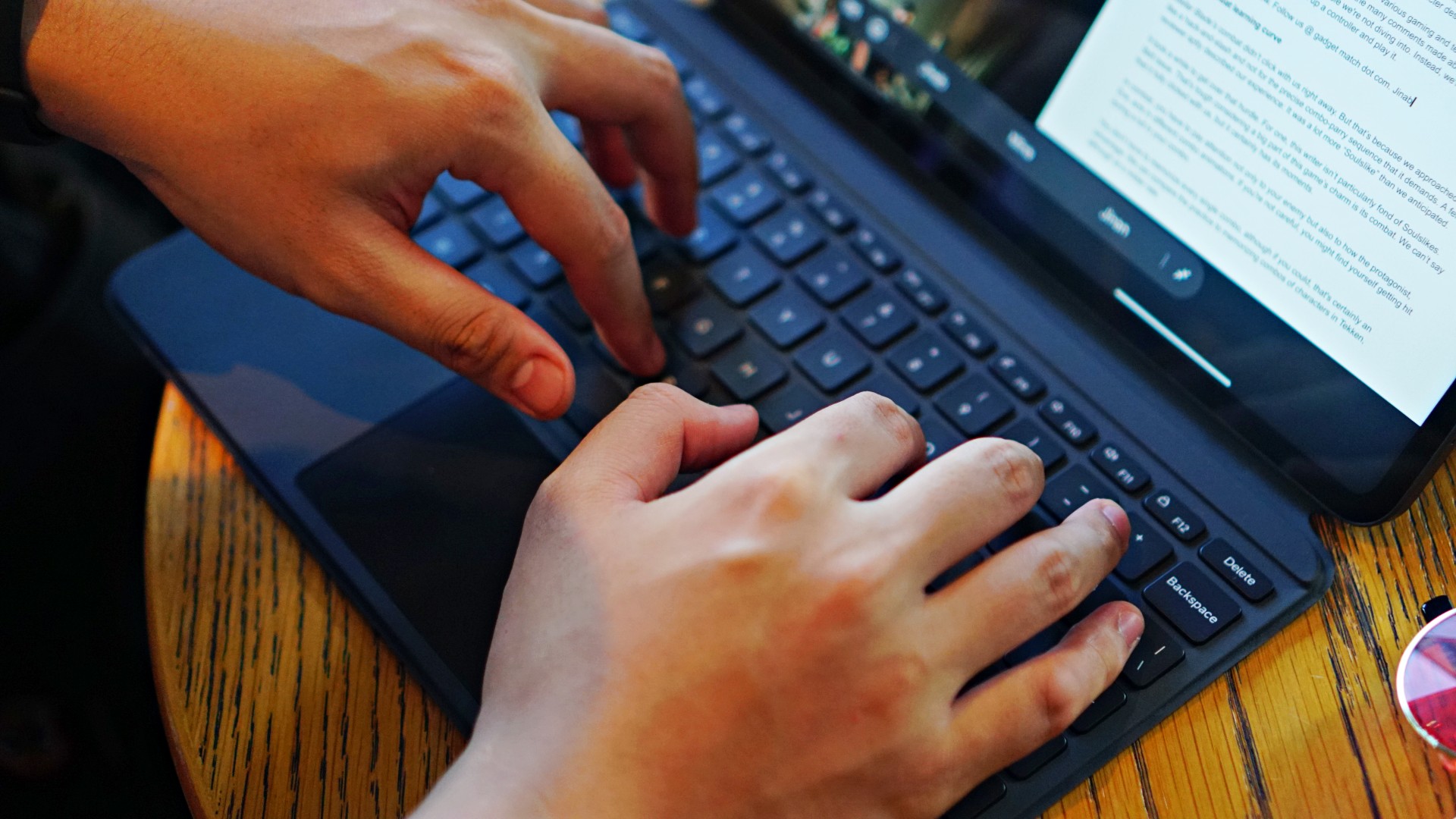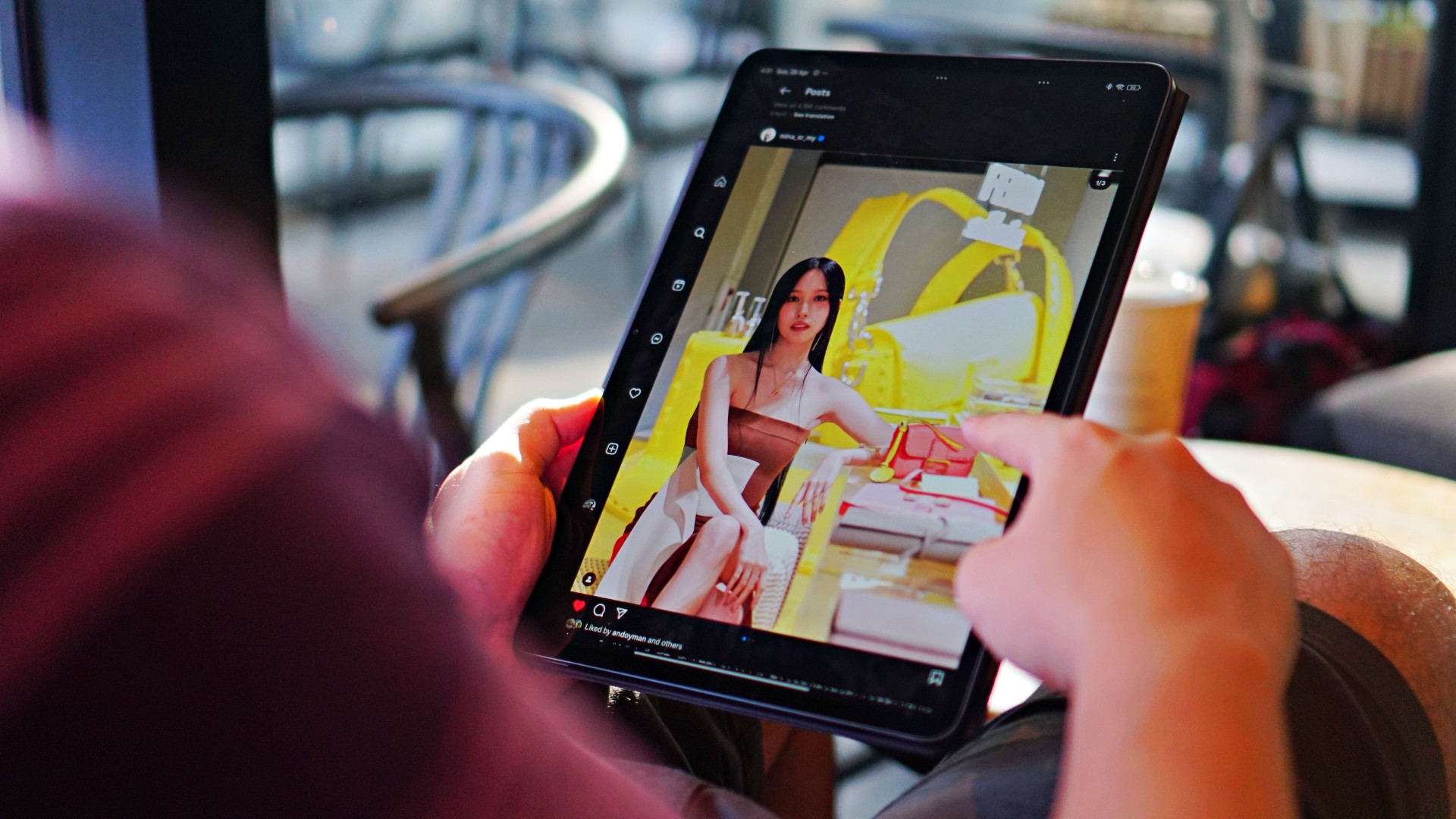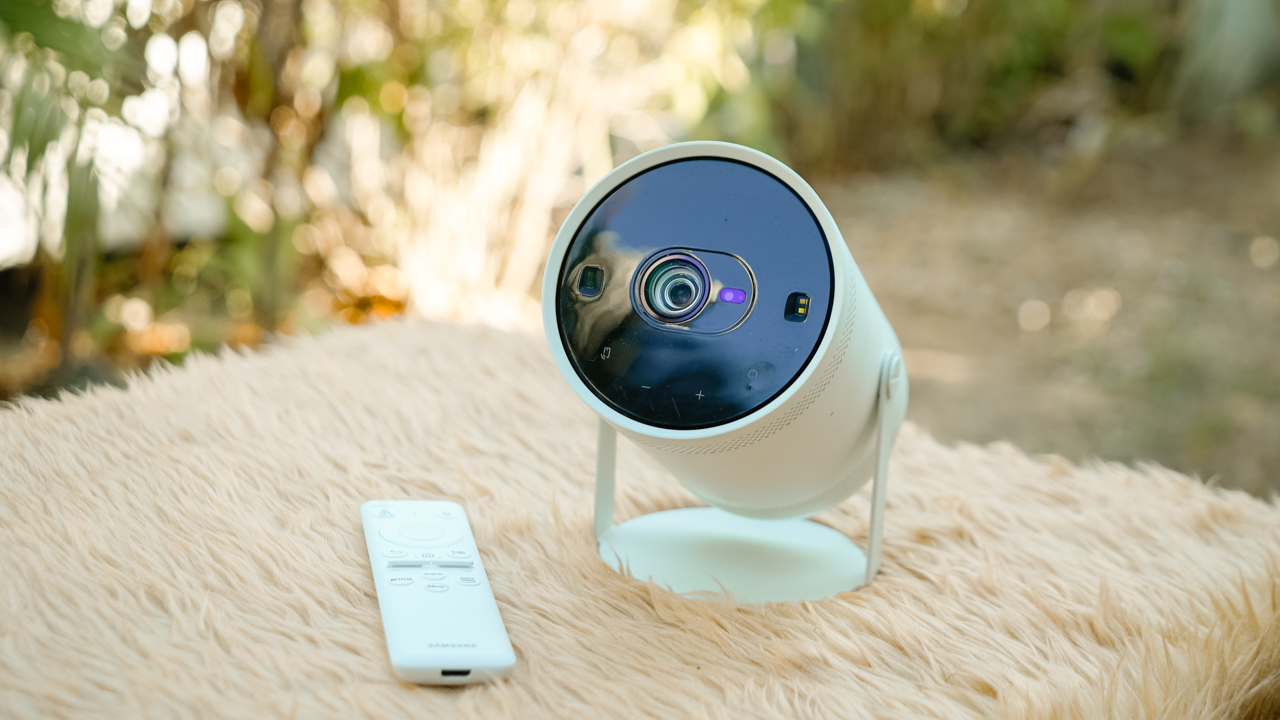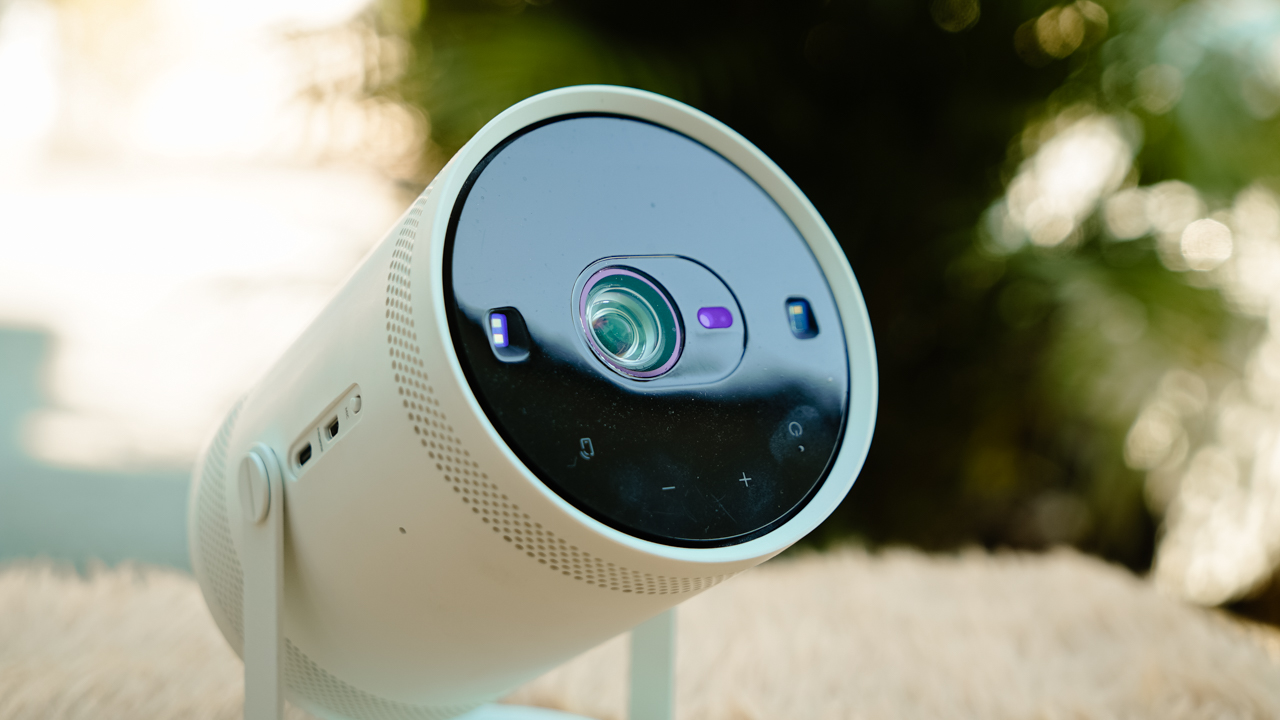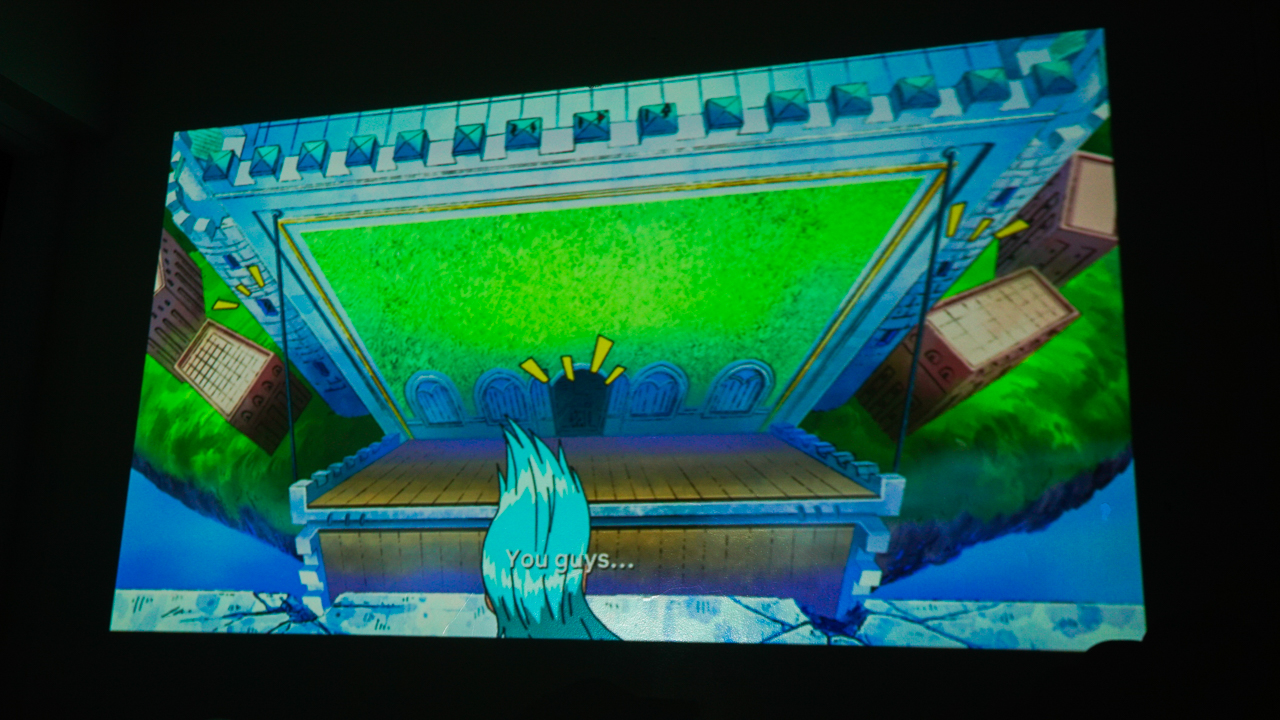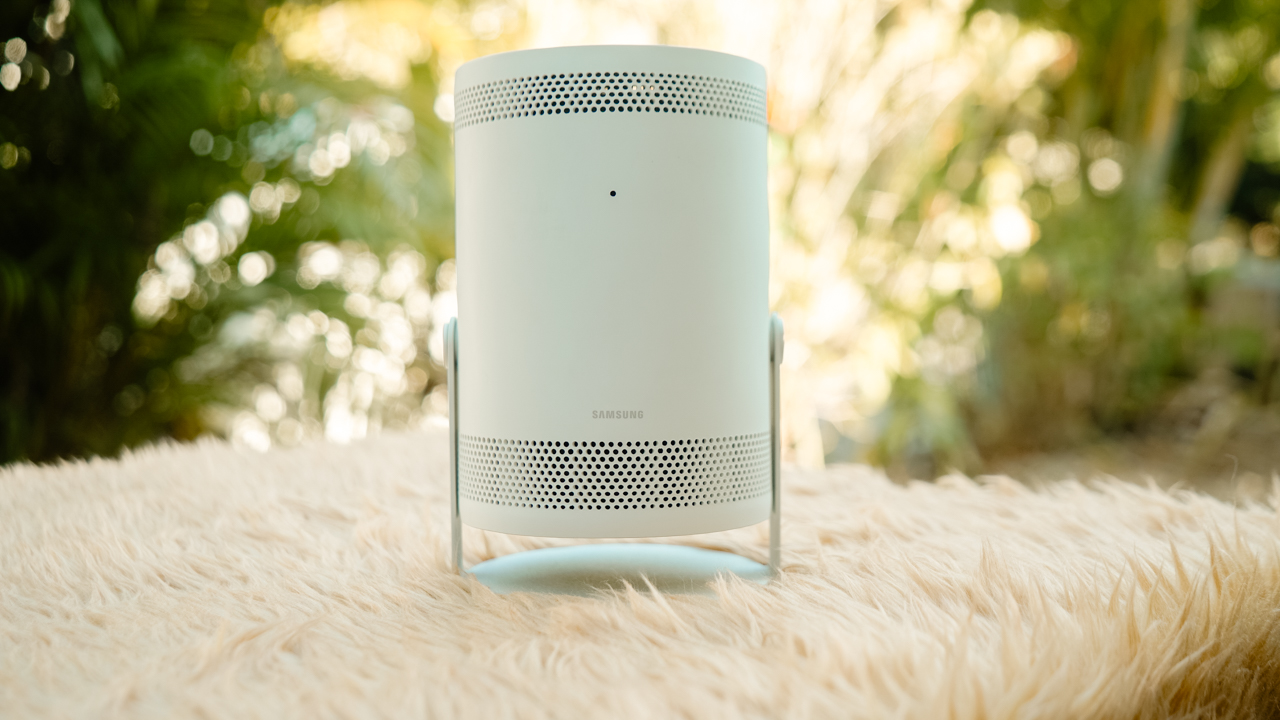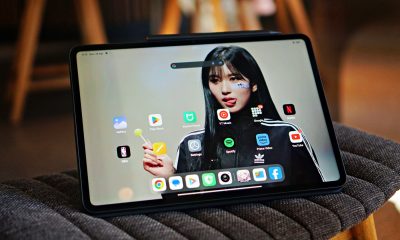Reviews
Samsung Galaxy S8 and S8+ review
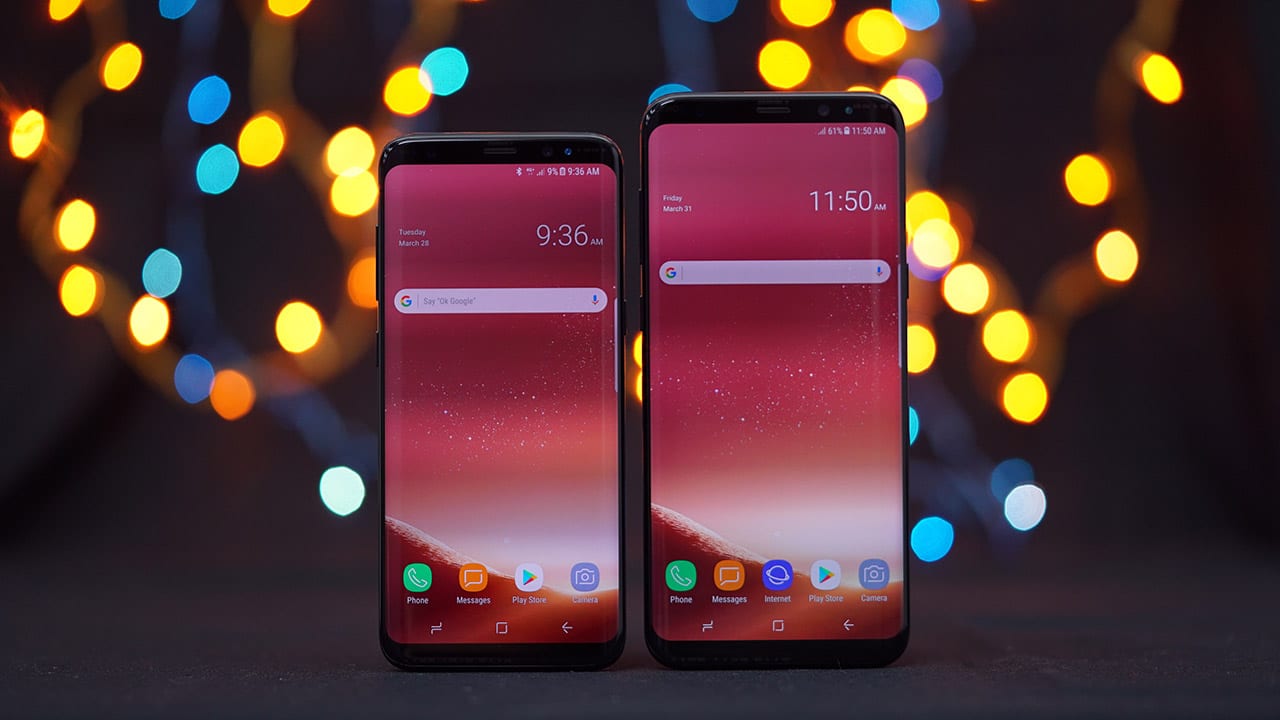
Rarely am I ever impressed by new phones; waves and waves of products do that to you. But this is an exception. Samsung’s Galaxy S8 and S8+ are really truly special.
If our hands-on video and loyalty-provoking articles haven’t been enough to convince you how beautiful they are, maybe this full review will. Just look at them — this is how phones should look like in 2017.
6.2-inch Galaxy S8+ on left, 5.8-inch Galaxy S8 to the right
Curves are in, thick bezels are out
Here’s how it compares to the LG G6
But honestly, they’re literally a handful
You’d be surprised how slim the two phones are for their large screen sizes; that’s because they use this new 18.5:9 aspect ratio that’s a lot longer than the usual 16:9 ratio use in practically every other phone out there. (The LG G6, in comparison, has an almost-as-long 18:9 ratio.)
But that doesn’t discount how unwieldy they can be in a single hand. Although accidental touches aren’t as common as with the Edge variants of the Galaxy S6 and S7, you’ll always be stretching and squirming your fingers around the AMOLED display, which, by the way, is rated as the best on a smartphone ever (all 1440 x 2960 pixels of it).
Samsung tried its best to find ways around the inconvenience. One was to bring back edge screen functionality, wherein you can swipe in a panel from the side to access quick settings and important contacts. The other is a gesture on the fingerprint scanner to bring down the notification shade. The Android Nougat interface, by the way, is a lot less cluttered compared to previous Galaxies and is easier to navigate now.
Reaching for the fingerprint scanner is a pain
Since this high-tech technology that would let you scan fingerprints anywhere on the front panel didn’t make it on time (would’ve been cool, though!), Samsung chose to place the fingerprint scanner right beside the camera lens at the back. We must say, it’s terrible. Not only does it make the lens prone to getting your greasy prints on it, the sensor isn’t even that accurate. Luckily, Sammy has some nice alternatives.
I thoroughly enjoyed using the iris scanner and facial recognition login features over the unintuitive fingerprint sensor. They’re both surprisingly accurate and have their own unique advantages. For the iris scanner, it works well even in poorly lit rooms; facial recognition, on the other hand, is less picky about your position and takes one less swipe to access from standby.
The Bixby button is so… Bixby
When something doesn’t work right, we should just call it “Bixby,” which is Samsung’s idea of the ideal virtual assistant. There’s a button right below the volume rocker to the side that lets you access Bixby even when the phone is asleep. Problem is, its functionality is… how do I put this… bad.
As of the moment, it can’t accept voice commands to do your bidding like with Google Assistant or Apple’s Siri. I was only able to scan objects seen through the camera app and look them up online, which then provided more information about the product. It wasn’t entirely accurate. Making matters worse is the current supported app list, consisting of two apps I actually use: YouTube and Uber — although strangely enough, YouTube compatibility disappeared from the list when I double-checked just now.
To our delight, Google Assistant is still available for those who’d rather not be Bixby’d; you can access it by holding the home button. Now, wouldn’t it be great if we could officially map Assistant on Bixby’s physical button? Get to it, Samsung!
DeX is DeXy
One more feature unique to Samsung’s Galaxy S8 line is DeX. Sounds silly, but it’s a docking system that allows these phones to connect to a monitor and turn themselves into a full-fledged desktop operating system. While it isn’t on the level of macOS or Windows (or even Linux), it’s a decent alternative to working with files on your phone if you really must use your phone. It comes complete with a taskbar, specific settings, and all your apps scaled to monitor proportions.
I personally don’t see this becoming a hit, especially since you must buy the DeX dock separately. In no way can this replace a true desktop PC experience, but it does make working and multitasking on your phone infinitely easier. I imagine this flying with consumers who travel from one workplace to another — and, umm, happen to have a monitor lying around at each destination.
Camera time!
Let’s be real: We all want to know how well the camera performs. After listing all its tricks and pitting it against its most bitter rivals, the Galaxy S8 duo have, hands down, the best set of cameras on any phone right now. Even if you ignore all the added features and upgrades over last year’s class-leading Galaxy S7, the fact it beat the Google Pixel is enough to earn its crown.
Take a look at some more photos we’ve taken with the new king of camera phones:
Keep in mind that the two smartphones share the same cameras both in front (8 megapixels) and at the back (12 megapixels). This means the only differences between the flagship pair are the screen size and battery capacity, so don’t worry about missing out if you opt for the smaller model. (Take notes, Apple!)
Speed and endurance as slick as the glass back
The only thing smoother than the rear glass panel is the processor and its accompanying software. Depending on where you live, you’ll either get Qualcomm’s top-end Snapdragon 835 processor or Samsung’s very own Exynos 8895, which is just as fast. Beyond the processing speeds, what really sets these two apart are their super-tiny 10nm fabrication, meaning they’re a lot more efficient and less battery-hungry than older flagship chipsets.
On top of that, the smaller footprint allowed Samsung to jam more features into the Galaxy S8 without adding to the heft. The battery, in particular, is generous enough considering how much space is used for the awesome display and camera. I was able to squeeze out about four hours of screen-on time with both Galaxy S8 models over the course of one day on a single charge.
While this sort of battery endurance may not sound so great, especially when compared to other large contenders, consider that I have Samsung’s Always On feature activated the entire time. This handy function shows me the time, date, remaining battery percentage, and my notifications even when the device is on standby. This keeps me from turning the phone on every few minutes to check messages — I’d sacrifice some battery life for this convenience any day.
Enough brains to back the brawns
I just love how Samsung made 64GB the minimum storage option for the Galaxy S8 duo. This marks 16GB as prehistoric, and forces 32GB out the door, as well. In addition, the hybrid SIM card tray allows you to extend the internal storage using a microSD card, if you choose to forego adding a second nano-SIM card, however.
In a bit of a surprise, the memory of the base models didn’t get a significant boost. In a world where 6GB of RAM is gradually becoming the standard for higher-end phones, both Galaxy S8 units settled for 4GB. I’m not complaining, though; not once did the Galaxy S8 or S8+ shut down an app before I was done with it or hinder my multitasking between programs.
To protect your investment (and it’s a hefty one), we once again have full water and dust resistance to keep the phones safe against nasty spills. Finally — and this is important for couples out there — the Galaxy S8 pair has Bluetooth 5.0, which lets you connect two pairs of wireless headphones at once!
Is this your GadgetMatch?
How much are you willing to shell out for the best smartphones currently available? If you say around $750 to $850 for the Galaxy S8 and S8+ respectively, you have your GadgetMatch! But seriously, these are expensive phones. It’s even worse if you live outside of the US, where prices are jacked up further; the Philippines has to deal with PhP 39,990 and PhP 45,990 for the two flagships.
There really is no way around it other than waiting for the prices to go down, which might probably happen when the next iPhone and Pixel roll out. If you do decide to bite the bullet and purchase either of these two Galaxies as soon as possible, I can’t blame you. In my opinion, they’re prettier than other near-borderless phones, and have the camera performance and security features to boot.
If you’re still worried about another Galaxy Note 7 fiasco, don’t be. Samsung clearly learned its lesson and is taking battery safety more seriously than any other manufacturer right now. You can learn more about the steps Samsung has taken to ensure better quality control in our comprehensive explainer.
SEE ALSO: YouTubers react to the Galaxy S8
[irp posts=”11903″ name=”YouTubers react to the Galaxy S8″]

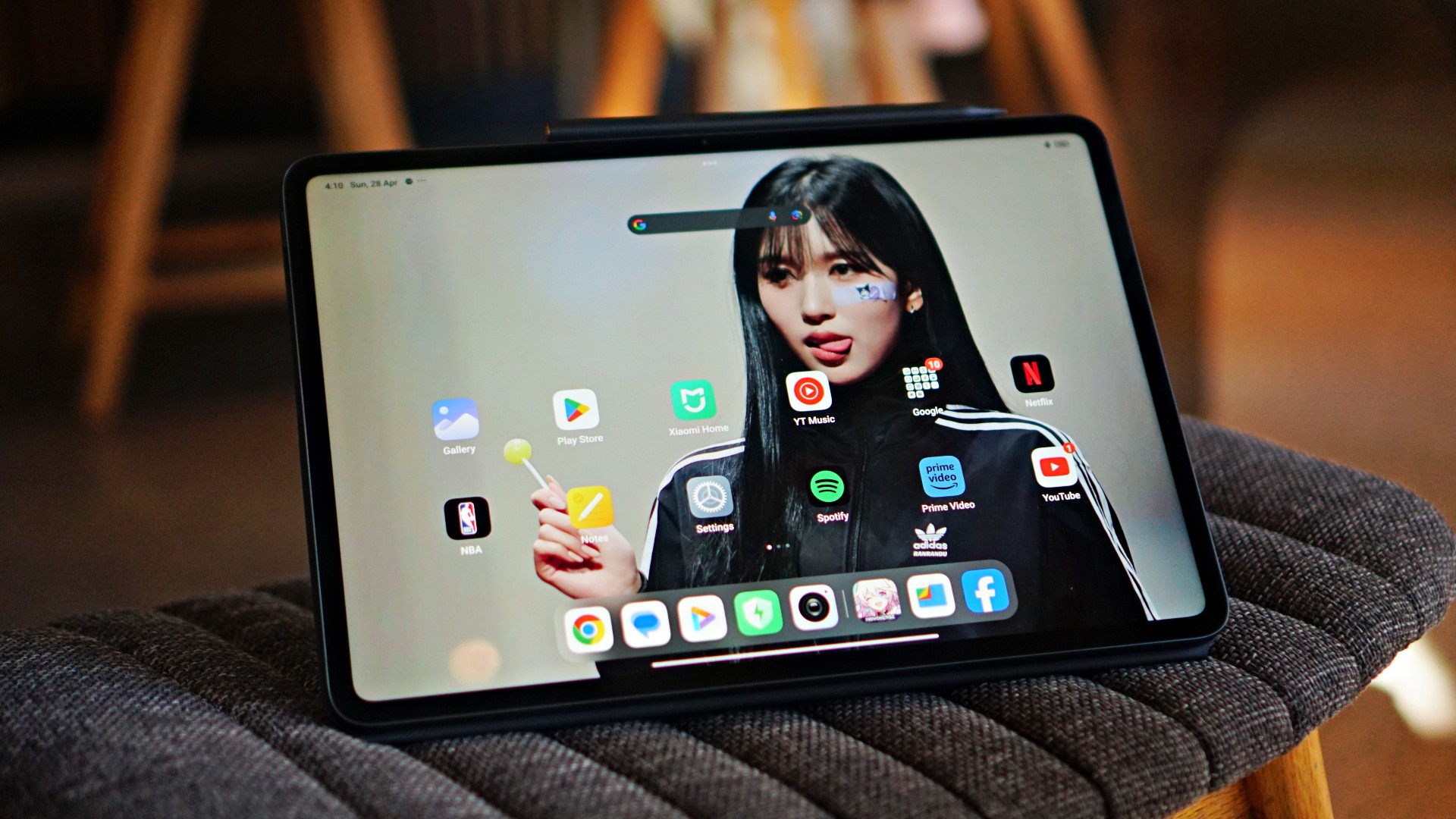
Around 8-9 months ago, I was in the market for a tablet that can be my on-the-go companion when I step out for events and don’t want to bring a laptop. I found it with the Xiaomi Pad 6 but now months later, the company has come out with a bigger, better version — the Xiaomi Pad 6S Pro 12.4.
Unboxing the Xiaomi Pad 6S Pro 12.4 and its accessories
Like the tablet that preceded it, the 6S Pro came with a generous accompaniment of accessories. Other than the tablet itself, there’s the Cover, Touchpad Keyboard, and the Focus Pen.
Watch the unboxing below.
@gadgetmatch This is our favorite Android tablet right now! #XiaomiPad6SPro #Xiaomi
Pros and cons of going bigger
The first, most recognizable difference between the Xiaomi Pad 6S Pro 12.4 and the Xiaomi Pad 6 is the size. The 6S Pro comes in at, as the name suggests, 12.4 inches while the 6 offers 11 inches of screen.
That may not seem like a lot on paper, but I assure you, the extra 1.2 inch makes a huge difference in practice.
For one, the 6S Pro just doesn’t fit in the Xiaomi Sling I was merrily walking around with. Thankfully, I have since acquired a bag small enough to carry around for half to full day affairs, but big enough to fit my usual 13-inch laptop. That means it also easily fits the 6S Pro along with all of its accessories for a lighter load out.
The extra size also means it’s mostly better to use on a desk vs carrying on hand. I can count in one hand the number of times I opted to hold the tablet instead of just propping it up on some surface somewhere.
While I’ve found a solution, I still count the mini-laptop-like size as a con especially if you’re really eyeing something that you can already use with your existing smaller bags.
The size of the screen though, makes it great as both a main screen or secondary screen. On days that I would work from home, I usually have the 6S Pro to my left, running episodes of Arrow as I go through the day’s work. Meanwhile, when I’m out and about, it makes for a more than big enough screen to handle tasks like some quick writing and email correspondence.
Better in many ways
Powered by the Snapdragon 8 Gen 2 processor, the 6S Pro is as powerful as flagship smartphones that came out late 2023 to early 2024. It’s as good as it gets.
I feel even more at ease using the multi-screen function knowing it has the hardware to keep things running, perhaps all day. I’ve had a handful of writing sessions in this set-up, including the very article you’re reading now.
That means you should have no qualms pushing its computing power. In fact, I have to say I have criminally underutilized it over the last 10-12 days that I’ve had it.
I’ve also used the multi-screen feature when scheduling posts on our social platforms.
It’s a handy function that works not just for productivity but also for more of my favorite showcase: Watching two different fancams (even if they’re of the same person), at the same time.
Media-viewing, you already know. The 3K display is absolutely stunning for media consumption. Other than X-Men 97 and Arrow episodes, I’ve used this to tune in to the NBA Playoffs in the morning. It’s the perfect white noise, desk companion.
And it’s not just the display too. The 6S Pro is equipped with 6 speakers with support for Dolby Atmos. While so many modern devices these days can say that. We can vouch that in the 6S Pro, this combination truly works wonders. If not old TV Shows, I switch over to music apps to listen to Gabe Bondoc, Jesse Barrera, BINI, TWICE, Marc Indigo, Kjwan,or whatever it is I’m in the mood for.
The top-of-the-line chip along with the 144Hz refresh rate also lends itself nicely to gaming. We only really played Honkai: Star Rail briefly but it was a fun and a little different experience on a display this large.
If you’re a content creator, this is also pretty darn good already for some light video editing. Whether that’s using the native video editor or an app like CapCut.
You can accomplish all of these tasks knowing you have a device whose 10,000mAh battery will more than keep up with you. Brought this along once on a 14-hour day and while I managed to drain it all the way to 13%, it did stay alive on a heavy-usage day. It tops up pretty quickly too thanks to its 120W HyperCharge tech.
There’s a lot you can do on the Xiaomi Pad 6S Pro 12.4 that I dare say it can replace a laptop for a large number of people.
About the accessories
The generous helping of accessories is also such a boon. These normally come as a bundle if you pre-order the device. And I can tell you right now, it’s totally worth it.
The Cover is a little unorthodox. Instead of the usual folio with a straightforward flapping cover, you get on that turns into somewhat of a triangular stand that sticks out. It looks odd at first but you’ll get used to it quickly especially since it lets you prop up the tablet in both portrait and landscape. Very helpful in many scenarios, especially when using apps that have no support for landscape orientation or are better off viewed vertically.
You don’t get a lot of versatility with how it tilts so that’s one thing to keep in mind. That means you get weird angles when using the pretty darn good selfie cameras when you’re in video calls.
For my part I opted to take calls while it’s propped up vertically.
The Cover also has a provision for the Focus Pen that I, admittedly, never really get to use a lot.
Although, I do plan to spend more time with the device. Hopefully I figure out more use-cases for the Pen during that time.
Lastly, there’s the Keyboard cover. Like the Cover, you don’t have a lot of freedom in terms of how it’s tilted. But that’s par for the course for most keyboard folios. But unlike most ones, this looks more like the Microsoft Surface where there’s a kickstand at the back.
The keyboard itself feels great to type on. There were days where I opted to write articles entirely on it because of the keyboard feel. It feels that good. Although it doesn’t light up so best to have a lamp at night or use it only when the lights are on. It also has an okay touchpad. Nothing too fancy but it gets the job done. The layout is so reminiscent of a regular laptop which added to the whole satisfying feeling when typing on it.
Xiaomi Pad 6S Pro 12.4 specs
- Display — 12.4” 144Hz 3K display, supports Dolby Vision
- Processor — Snapdragon 8 Gen 2
- Battery — 10,000mAh, 120W HyperCharge
- RAM and Storage — 8GB+256GB / 12GB+512GB
- OS — Xiaomi HyperOS
- Cameras — 50MP main (4K, 60 FPS video), 2MP depth, 32MP front (1080p, 30 FPS video)
- Connectivity — USB 3.2 Gen 1, Bluetooth 5.3, WiFi 7
- Audio — Six (6) speakers, support for Dolby Atmos, Hi-Res, Hi-Res wireless
Is this your GadgetMatch?
I absolutely love it when we get review devices that are easy to recommend. That’s exactly what the Xiaomi Pad 6S Pro 12.4 is. Mouthful of a name with a feature set that’s just as packed. It’s a device made for many purposes. It’s a workmate, a creative companion, and a relaxation buddy all-in-one. It certainly deserves the GadgetMatch Seal of Approval.
It also doesn’t hurt that it’s at a fair price point. Especially for everything it offers. I see this as a device great for anyone looking to be productive, creative, with a fair bit of balance since you can also use it to unwind with streaming apps and even gaming.
Price and availability
The Xiaomi Pad 6S Pro will be available in two variants and are priced as follows:
- 12+512GB — PhP 39,999
- 8+256GB — PhP 33,999
It comes in classic Black and White colors.
Meanwhile, the accessories are priced as follows:
- Focus Pen — PhP 3,499
- Touchpad Keyboard — PhP 6,499
Discounted from May 3 to 9
Naturally, these will be available at special slashed prices from May 3 to 9 on the Shopee exclusive online sale.
- 12+512GB — PhP 37,199
- 8+256GB — PhP 31,199
Buyers will get free Redmi Buds 4 Active (valued at Php 999) for every checkout of the Xiaomi Pad 6S Pro.
Convenient Smart Home
I swear, Samsung’s The Freestyle spells freedom
The projector-slash-smart-TV makes you want to watch shows wherever, whenever possible
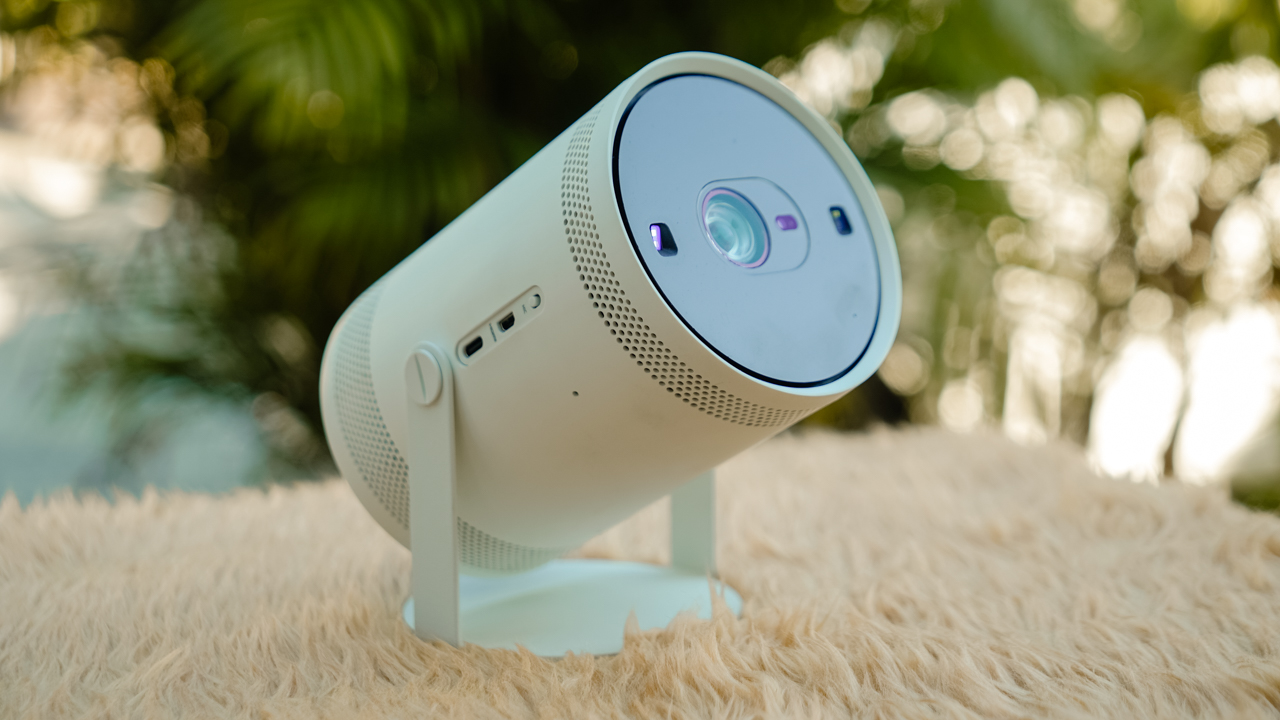
Anyone in their late 20s who just finally broken free from the asylum that raised them would know that settling for a small, tight space would be better for mental sanity.
Getting away from my parent’s clutches meant bidding goodbye to a capacious living room. There’ll be no more monstrous TV that I can watch on while I rot on the sofa bed.
You can’t have the same luxury in a 40 sqm condominium space. When you’re moving out, you have to let go some of the stuff that made you… you. But it gives you an opportunity to create a new identity, armed with the freedom of making decisions on your own.
Freestyle for those who just earned their freedom
Taylor Swift’s speech at the NYU Spring 2022 graduation ceremony resonated with me as I pack my bags and boxes.
“The scary news is: You’re on your own now. The cool news is: You’re on your own now.”
It’s scary to be on your own. No fallbacks; no safety net. But I revel in the freedom of making decisions that won’t be disapproved by my parents.
Instead of opting for the familiar rectangular TV, an unconventional projector such as Samsung The Freestyle took over my chamber.
I didn’t have to worry about mounting a TV on bare walls I haven’t decided how to decorate or setting a TV stand that would cramp my already tight space.
I’ve had my hands on it a few years back, which makes me familiar with its capabilities as a Smart TV. Now, it’s on its 2nd-generation, and this portable TV just got even better.
Learning to adjust and adapt
Samsung’s The Freestyle is easy to set up, and it’s even easier if you have a Samsung device that allows you to control everything through the SmartThings app.
While I have the Samsung Galaxy Z Flip5, I still managed to set everything up using my iPhone. My Samsung account, after all, is still logged in on my Safari browser. (I am deeply sorry, Samsung)
The beauty of having a Smart TV is how everything just works. It connected easily — on my WiFi, signing in my accounts, and accessing my favorite streaming apps.
It took me less than 30 minutes to set the whole thing up. From unboxing the device to figuring out the setup and finding the right angle.
It keystones automatically, which meant adjusting the screen to a perfect rectangle regardless of the angle you’re projecting on. This makes it easy to watch on a wall or on a ceiling — depending on your preference and watching behavior.
And more importantly, the remote control works even if you don’t point directly to the device. I tried pointing it at the screen and on a different wall, and the Freestyle just works flawlessly — even its voice assistants such as Samsung’s Bixby.
Whatever situation it finds itself in, the Freestyle just knows how to adapt and give you the best experience. I’m still learning to do the same.
Drawn to a whole new world
The first thing I did was watch my comfort anime, One Piece, and feel free like a kid again. The picture quality — whether on daytime or at night — is superb, vivid, and crisp.
Even at the scorching noon time reaching a heat index of almost 50-degrees Celsius, the sunlight is no match for the Freestyle’s projected screen. It’s like looking at a phone screen with almost 3000-nits peak brightness.
Netflix has just added the Enies Lobby arc, which is the storyline that made me fall in love with the anime. Having no friends growing up like Nico Robin makes me burst into tears every time I re-watch the scene where she screamed wanting to be live and be saved.
It didn’t help that the built-in speaker projects a 360-degree sound making me feel as if Nico Robin is screaming within my apartment.
To refresh my tears and regulate my emotions, I shifted to watching my favorite Disney movies since I just came back from Hong Kong Disneyland, and the magic’s still inside me.
I relieved my memories by playing my favorite films such as Aladdin, Frozen, Tangled, and Little Mermaid. Singing to my childhood songs made it magical, and the Freestyle just makes the experience spectacular.
Since the Freestyle can be connected via Bluetooth and/or HDMI to another sound system, I linked it to my JBL PartyBox Encore Essential, which immersed me and my whole space — making me feel like I’m back in Disneyland.
Of course, I almost burst into tears again.
To endless possibilities
I had a lot of fun using the Freestyle. Sometimes, I’d stand in front of the projector while playing some of Ariana Grande’s music videos, acting as if I’m starring in my own music video. Honestly, there are plenty of ways to experience and enjoy the Freestyle.
It’s portable, lightweight, and I bet it would make a great tool for traveling — especially on camping and road trips. I haven’t found ways to do that since I’m preoccupied with moving in and out of my new home.
Looking back, I would have loved to own the Serif as I dream of decorating my own space with my own aesthetic. But the sudden life change didn’t give me the space and the budget to make me build my dream space.
Nevertheless, it came with an unconventional solution. One that gave me endless possibilities as I try to explore who I am becoming. The Freestyle suits those with creative minds; it’s just as versatile as I am. Simply plug it in and find the right angle to experience a new way to watch your favorite content.
Maybe we don’t get what we want, but the universe will always give us what we need at the moment. Everything is still in perfect alignment. That’s my conclusion from the whole ordeal with the moving out process and having to only take the Freestyle with me in my new space.
Is this your GadgetMatch?
I’m a big fan of Samsung’s Lifestyle TVs. Most of the time, they’re unconventional and fits a certain aesthetic and — of course — lifestyle.
Samsung The Freestyle fits those who are in love with freedom, wanting to watch their favorite shows in YouTube, Netflix, or Disney+ whenever, wherever possible. It’s a smart projector and TV in one that won’t require you to use your last three brain cells, because it just works.
Samsung The Freestyle (2nd Gen) is currently available at an introductory price of PhP 34,999. Its predecessor retailed for PhP 48,999.
SEE ALSO: Samsung Freestyle: On-the-go smart entertainment hub | Samsung The Serif: What’s it’s like to watch on an artistic TV? | Samsung The Premiere: Turn any space into a private cinema
Reviews
OnePlus 12R review: Making sense of OnePlus’ latest flagship
Smooth beyond belief, but is it worth the upgrade?
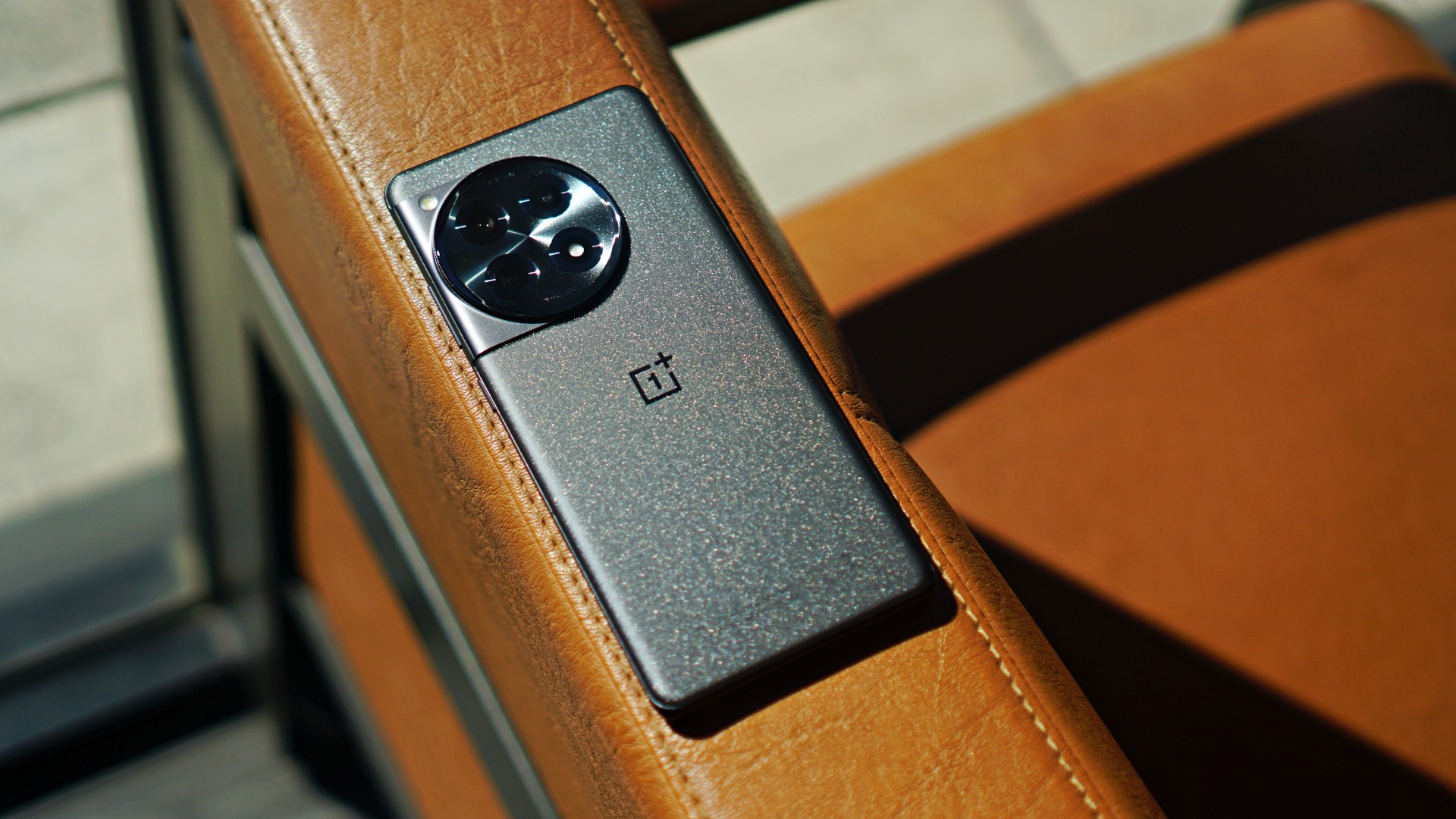
OnePlus has been fairly consistent when it comes to their positioning. Historically, the brand has offered flagship-level smartphones for a more affordable price point compared to its chief competitors. The OnePlus 11, for instance, did great overall, with just minimal misses here and there.
Now, the brand is back with the OnePlus 12R. It’s technically the “lite” or base model of the latest numbered series, but promises the same smooth, flagship-caliber experience. Users loyal to the OnePlus brand might think, is it time to upgrade? Conversely, is it worthy of a non-OnePlus regular’s consideration?
OnePlus 12R specs
- Qualcomm Snapdragon 8 Gen 2 chipset
- OxygenOS 14 based on Android 14
- 16GB RAM
- 256GB internal storage
- 6.78-inch LTPO AMOLED display, HDR10+, Dolby Vision, 94.2% screen-to-body ratio
- 120Hz dynamic refresh rate, up to 1000Hz touch response rate
- 5,500mAh battery
- 100W SUPERVOOC charge
Appearance, feel: Still needs improvements
It’s good that the OnePlus 12R’s volume keys are now on the right. It makes it easier to adjust the volume when held with just one hand.
The alert slider is on the left, and the selfie camera punch hole is in the middle. Other than that, there aren’t many changes. The rear cameras look exactly the same from the OnePlus 11 series.
I wish OnePlus solved the slippery problem too. Although the unit we reviewed had a matte black finish, it was still slippery to hold. I’m sure most users have this habit of putting their phones on their laps from time to time. I wouldn’t recommend doing that with this particular model.
It will fall 100% of the time. Furthermore, it doesn’t help that there is no case to at least reinforce the grip. I was extra cautious every time I held the phone, because it just didn’t give me that assurance I was looking for.
Display, audio: Immersive, punchy
Moving on, the device’s display is bright as it gets. You will see content with a more natural tone. Details are vivid and crisp, and are retained even in bright and dark spots. Even when you zoom in on a 2160p video being played, you are guaranteed clear and accurate images. Moreover, I didn’t experience any eye strain while doing a handful of stuff on the phone. That’s always a great sign, but is expected of more expensive phones nowadays.
On the audio side, the dual speakers provide you with an immersive feel. The sound comes out loud and punchy. They’re also placed appropriately. Even when you hold the phone horizontally for streaming or gaming, chances are you won’t block the speakers with your fingers.
Performance, browsing, gaming: Smooth AF
Performance wise, the OnePlus 12R is good as advertised. You will feel the smoothness right away when scrolling, switching between one app to the other, and more. This annoying thing that happens with Android phones lately where the keyboard just suddenly hangs on your screen didn’t occur once with the OnePlus 12R.
I also played Marvel Super War, easily one of the most demanding MOBA titles out there. The phone did not get hot even after a lengthy session at high graphics settings. That’s where the upgraded RAM capacity kicks in. But I feel it’s something the OnePlus 11 can also do, so it isn’t downright special.
I love the larger battery on the OnePlus 12R. It easily lasts a whole day on average usage. You’ll need just about 40 minutes to charge it from 15% back to full. When not in use, it will spend probably just 1% to 2% battery overnight on standby.
OnePlus 12R cameras: Hit and miss
- 50MP f/1.8 Sony IMX890 main camera
- 8MP f/2.2 ultra-wide camera
- 2MP macro camera
- 16MP selfie camera
Although OnePlus has a partnership with Hasselblad, the OnePlus 12R particularly uses a Sony IMX890 sensor for its main camera. It delivers fairly well for what is expected of a OnePlus camera. Color reproduction is very… well, OnePlus (you’ll understand if you’ve been using OnePlus devices in the past).
The tone is more on the redder, browner, and slightly more saturated side, which is ideal for food and landscapes. You’ll definitely capture the vibe of places and entice viewers with your food photos. This is without needing to post-process the color temperature or add filters.
The main camera does its job. It retains good detail even in captures against the light, thanks to its high dynamic range. It does well to fend off the sun’s rays or unwanted glares, and blend it with the photos you take.
You will get crisp and vivid photos by default, but detail loss will begin to be felt at 2x zoom and beyond. But it’s not like that’s super noticeable from your phone’s screen.
What I appreciate is the adjustable depth of field after portrait shots, for you to be able to match the background’s blur or bokeh effect properly with the subject. Speaking of, I underwent a trial and error phase under portrait mode. Some snaps came out out of focus, even if the indicator said “ready.”
But I reckon it’s not a perfect process, so I just adjusted on the fly. However, I did expect a lot more assistance from the camera especially since there’s some AI processing that comes with the algorithms. There were also times where the blurred effect at f/1.4 was too exaggerated, as if it’s cartoonized. On the positive side, there’s not much segmentation error and the transition from focused to blurred parts is generally smooth. But it would be tricky for users who aren’t too meticulous adjusting settings and would just rather point and shoot.
Other than that, I enjoyed shooting cityscapes and landscapes with the 8MP ultra-wide lens. There’s just a “correct” feel to it and it covers what you intended to do properly. The 2MP macro lens is extraneous at this point, since the main camera does pretty well for close ups of food and other subjects. I wouldn’t have hurt for OnePlus to include a periscope lens or an extra portrait sensor, considering its price point. As for filming, the camera package also has OIS and EIS support, and taking videos at 1080p @ 60fps had no hiccups on my end.
In front, the selfie camera delivers the same, “realistic” results as its predecessor. This may both be a good and bad thing for those who want smoother selfies instead of having their pores or eyebags come out too sharp. Personally, I prefer some smoothness with selfies, but a little retouching won’t hurt. You do you.
Is this your GadgetMatch?
As I’ve mentioned, OnePlus is consistent with how they approach the market. Loyal OnePlus user? You may feel this is an upgrade if you’ve been using a handset from two to three generations prior. Trying something new to break the iPhone-Galaxy S series duopoly? Go ahead, there’s no harm trying.
The OnePlus 12R is smooth, without a doubt, if that’s what you’re looking for. The camera package delivers the same signature performance expected of the brand. On paper, there are a lot of improvements. But is it worth it? It’s tough to say yes resoundingly.
If you happen to own a OnePlus 10 or 11, the differences in overall usage are minute. If you’re ready to spend PhP 40,000 or more, there are a lot of options that come with more cameras or put focus on gaming. Alternatively, if you want to save, there are also capable flagship killers in the market for a lot less. Moreover, other top brands’ flagships — base model or better — are selling for a lot less these days.
That makes the release of this particular variant from the series a little confusing or questionable at this point. Perhaps, it would have been better if OnePlus waited a bit more and dropped a banger of a latest flagship line with a lot more features and enhancements. I’m trying to make sense of it, but for now, it’s best to wait.
The OnePlus 12R retails for PhP 43,990 in the Philippines.
SHP: https://bit.ly/OnePlus-12R-Shopee
LAZ: https://bit.ly/Oneplus12R
Kiosks and partner Stores: http://bit.ly/3O9q76V
-
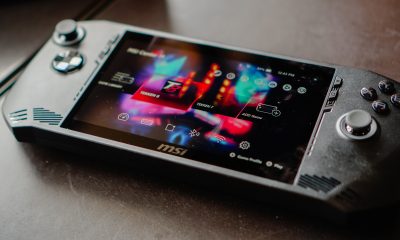
 Features2 weeks ago
Features2 weeks agoWhy choose the MSI Claw?
-

 Reviews7 days ago
Reviews7 days agorealme 12 5G review: It was enchanting to meet you
-

 Buyer's Guide2 weeks ago
Buyer's Guide2 weeks ago2024 Samsung TV: Buyer’s Guide
-

 Reviews2 weeks ago
Reviews2 weeks agoJBL Soundgear Sense review: Make every run magical
-

 Smartphones2 weeks ago
Smartphones2 weeks agoHuawei Pura 70 series is live in China
-

 Reviews3 days ago
Reviews3 days agoOnePlus 12R review: Making sense of OnePlus’ latest flagship
-

 Reviews2 weeks ago
Reviews2 weeks agoChallengers review: A thrilling drama wrapped as a tennis anime
-
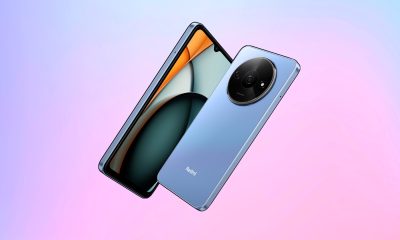
 News1 week ago
News1 week agoXiaomi Redmi A3 Philippine pricing, availability


